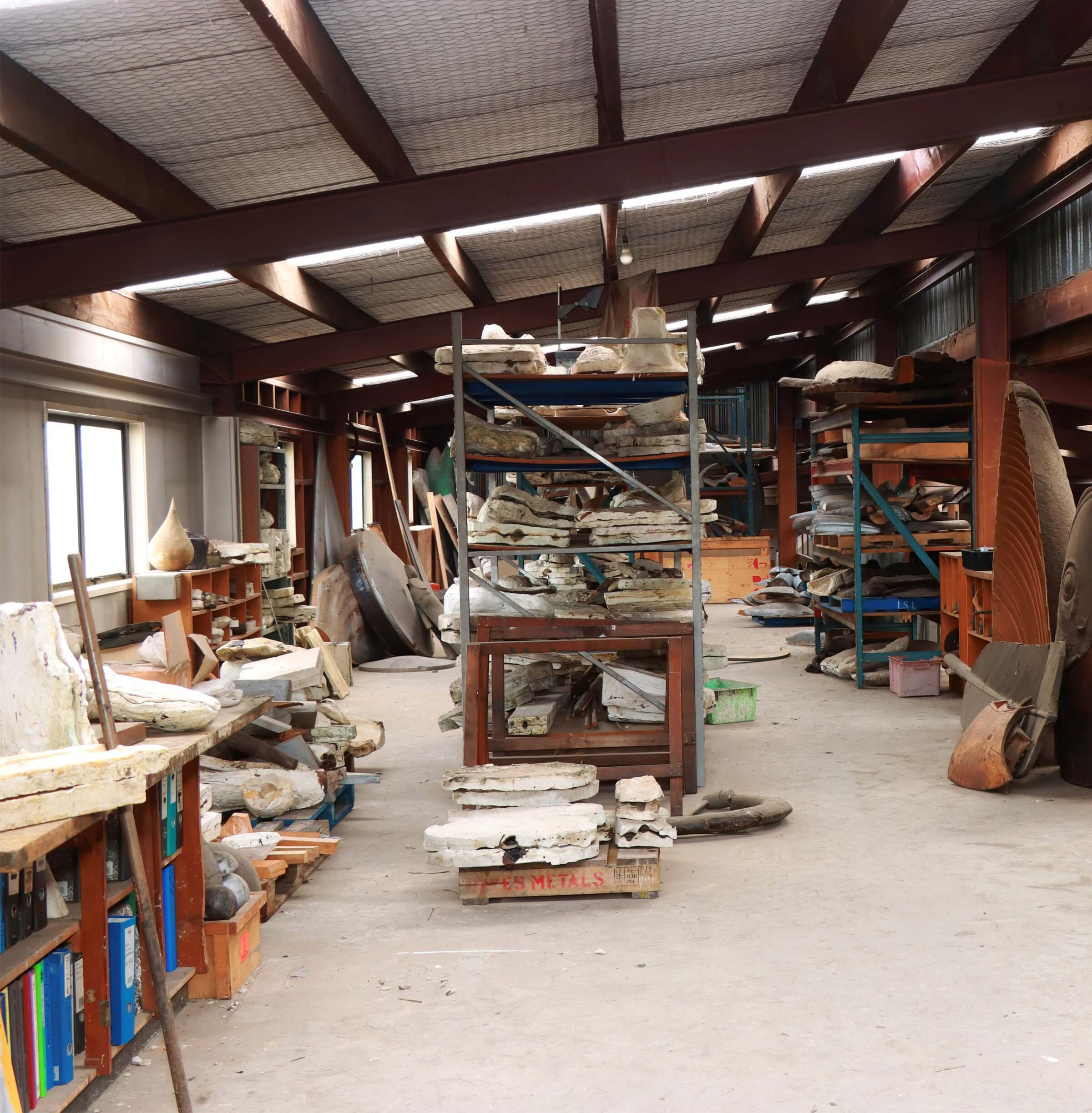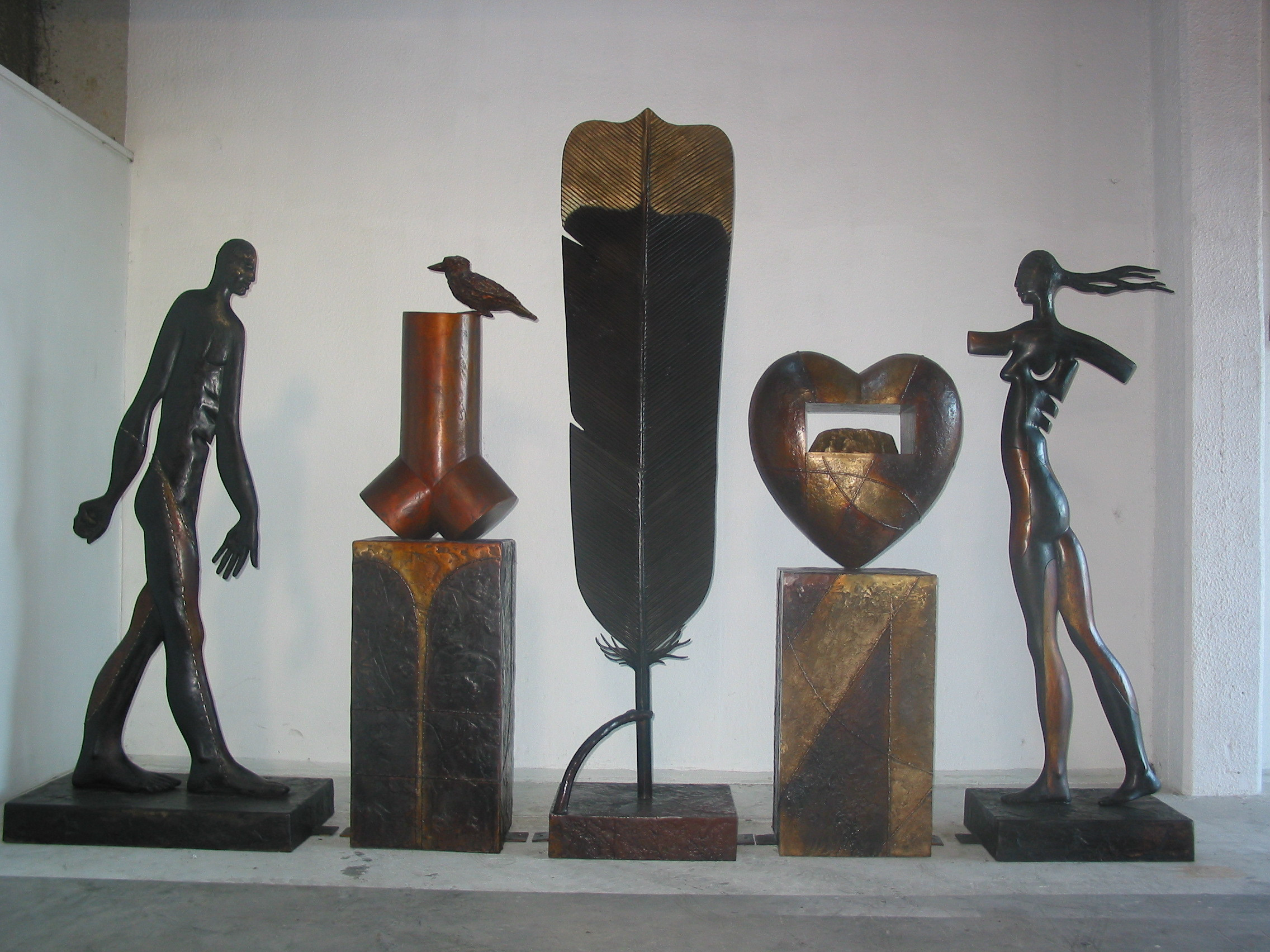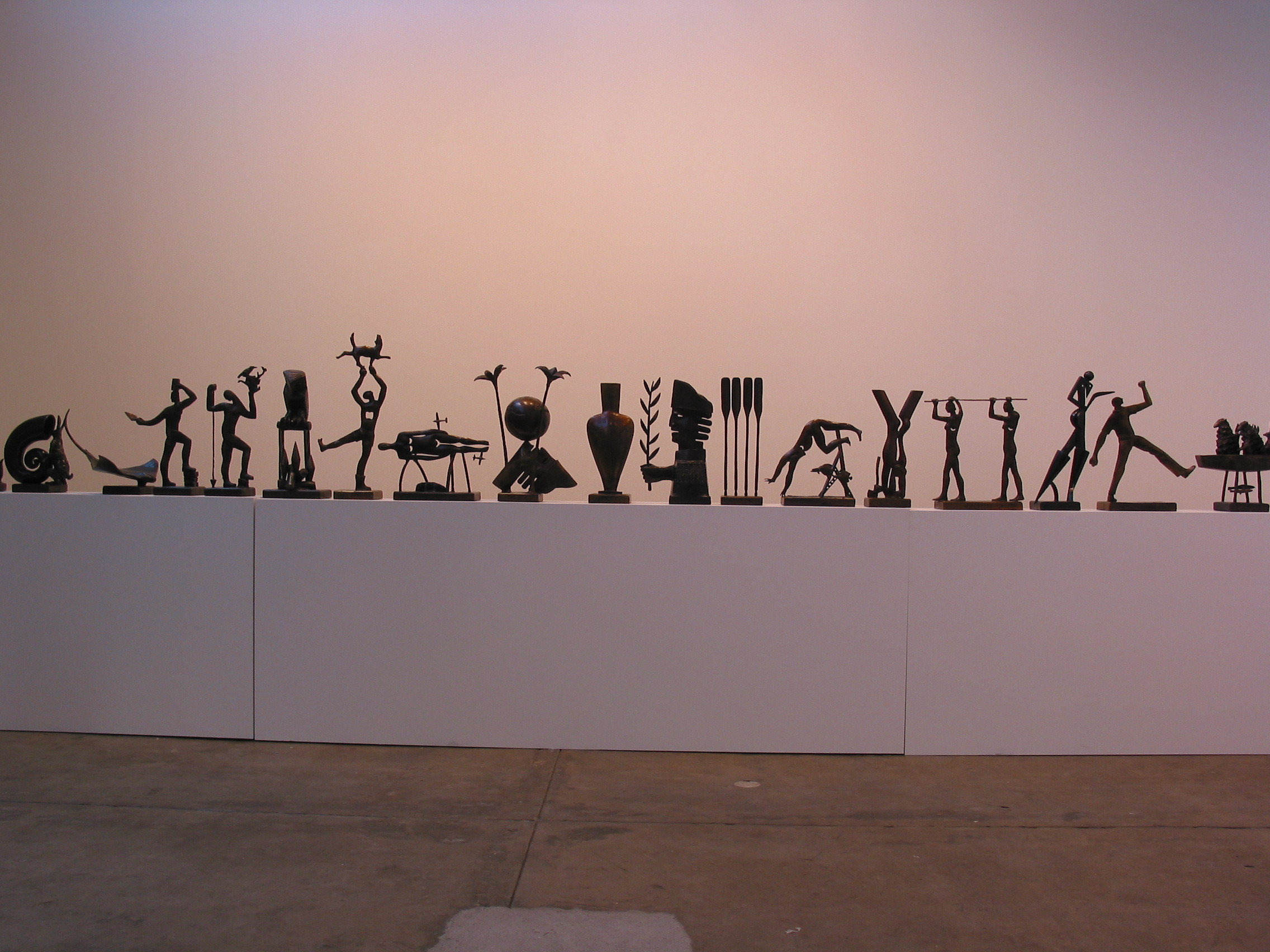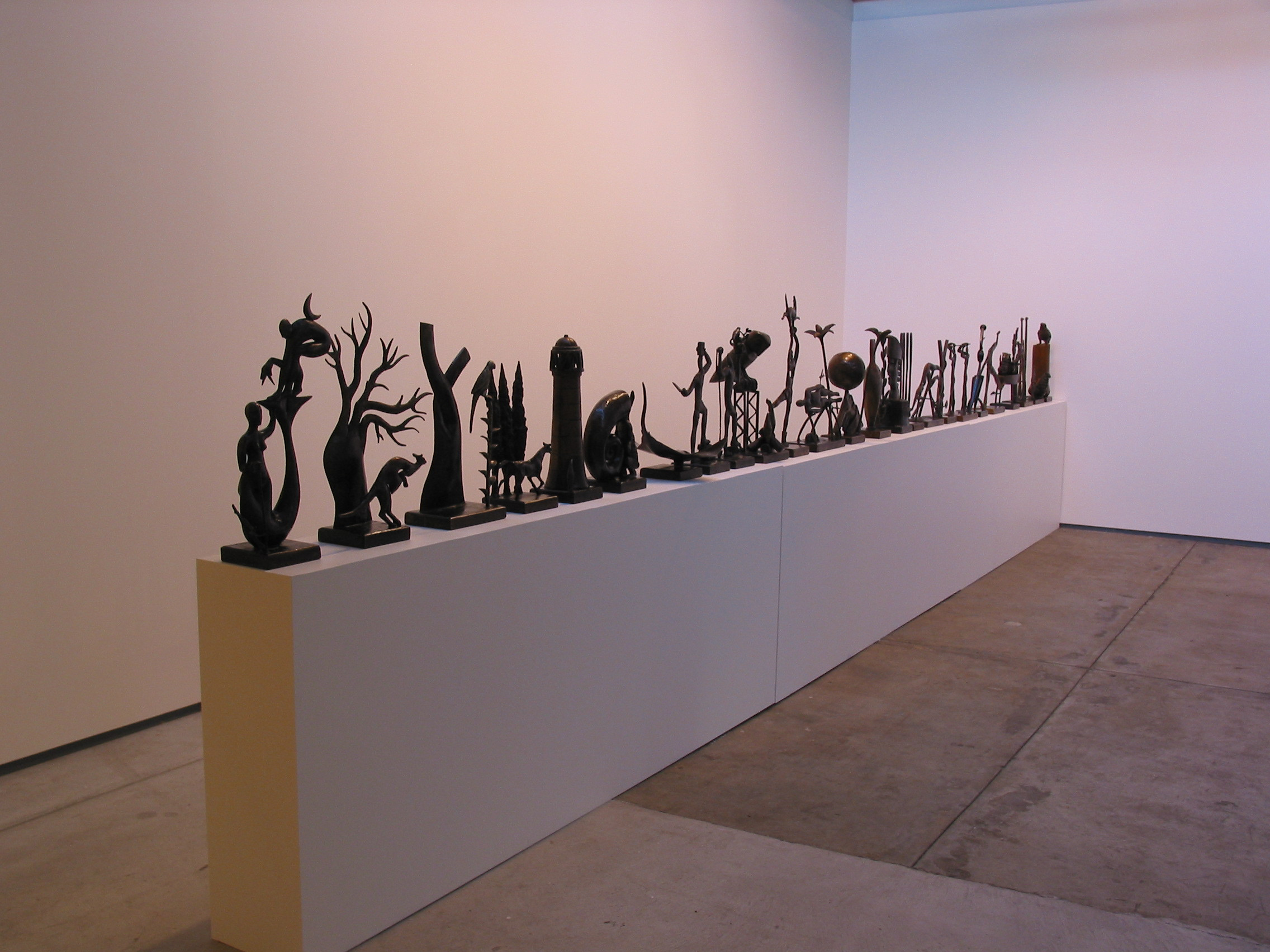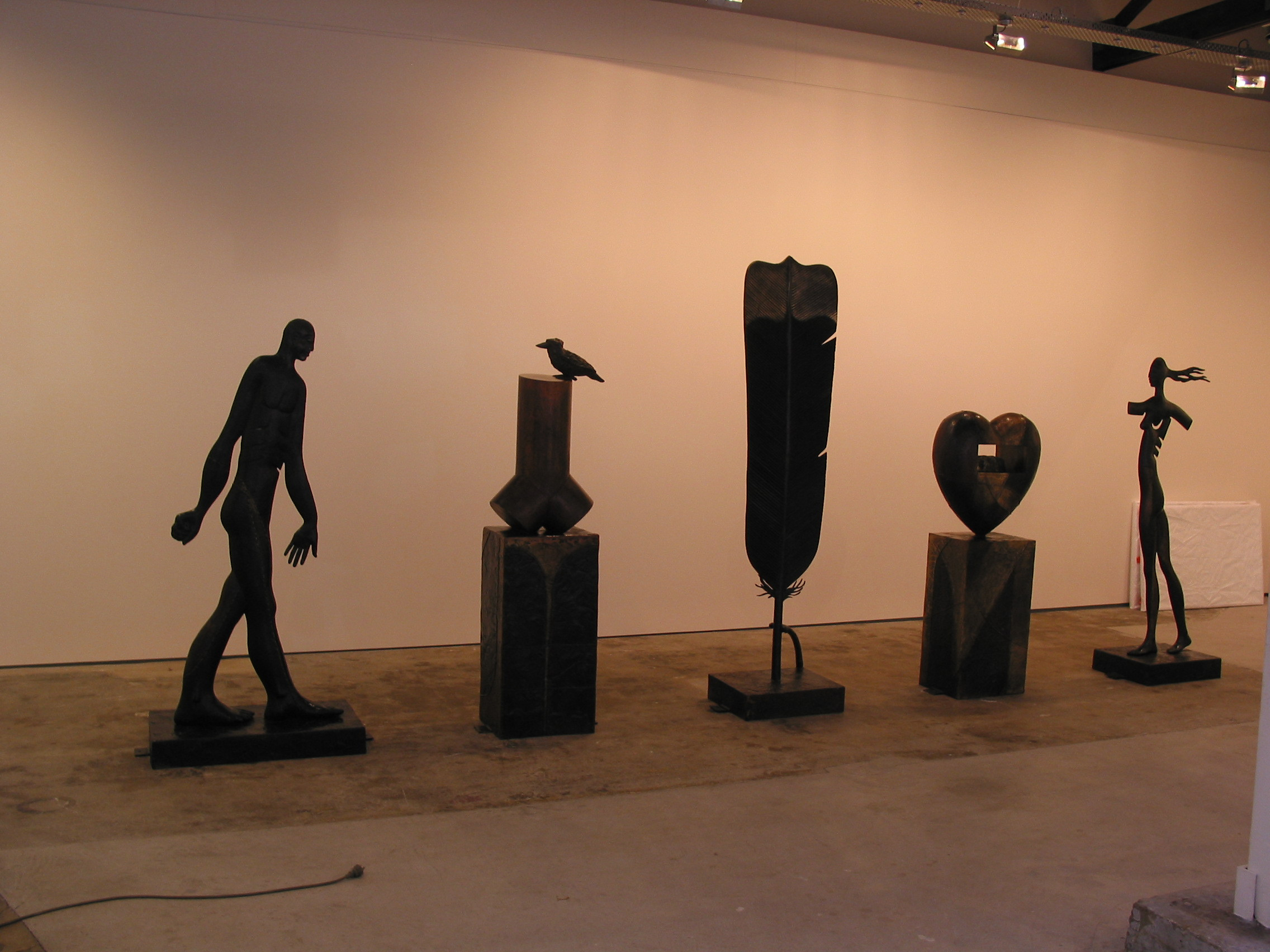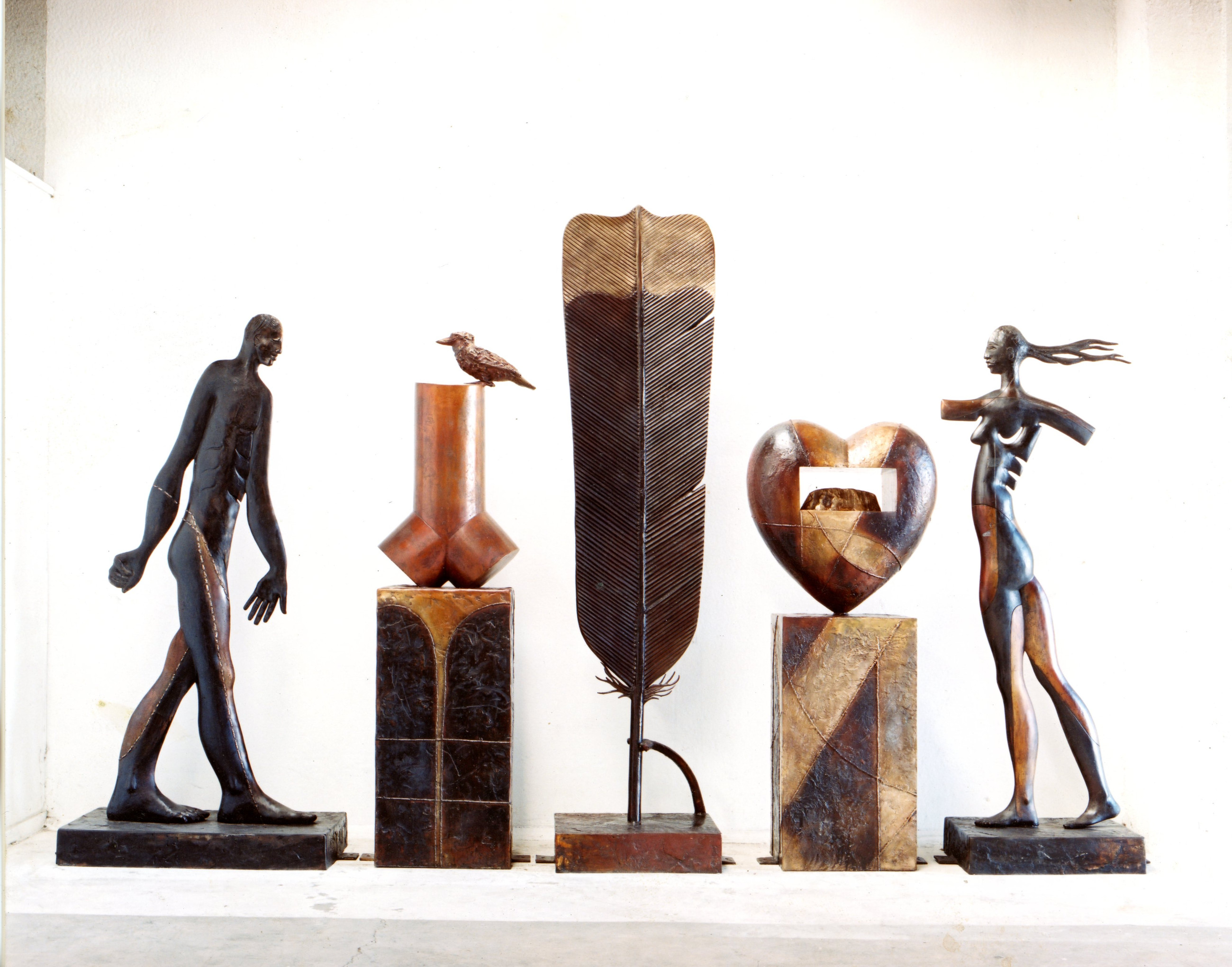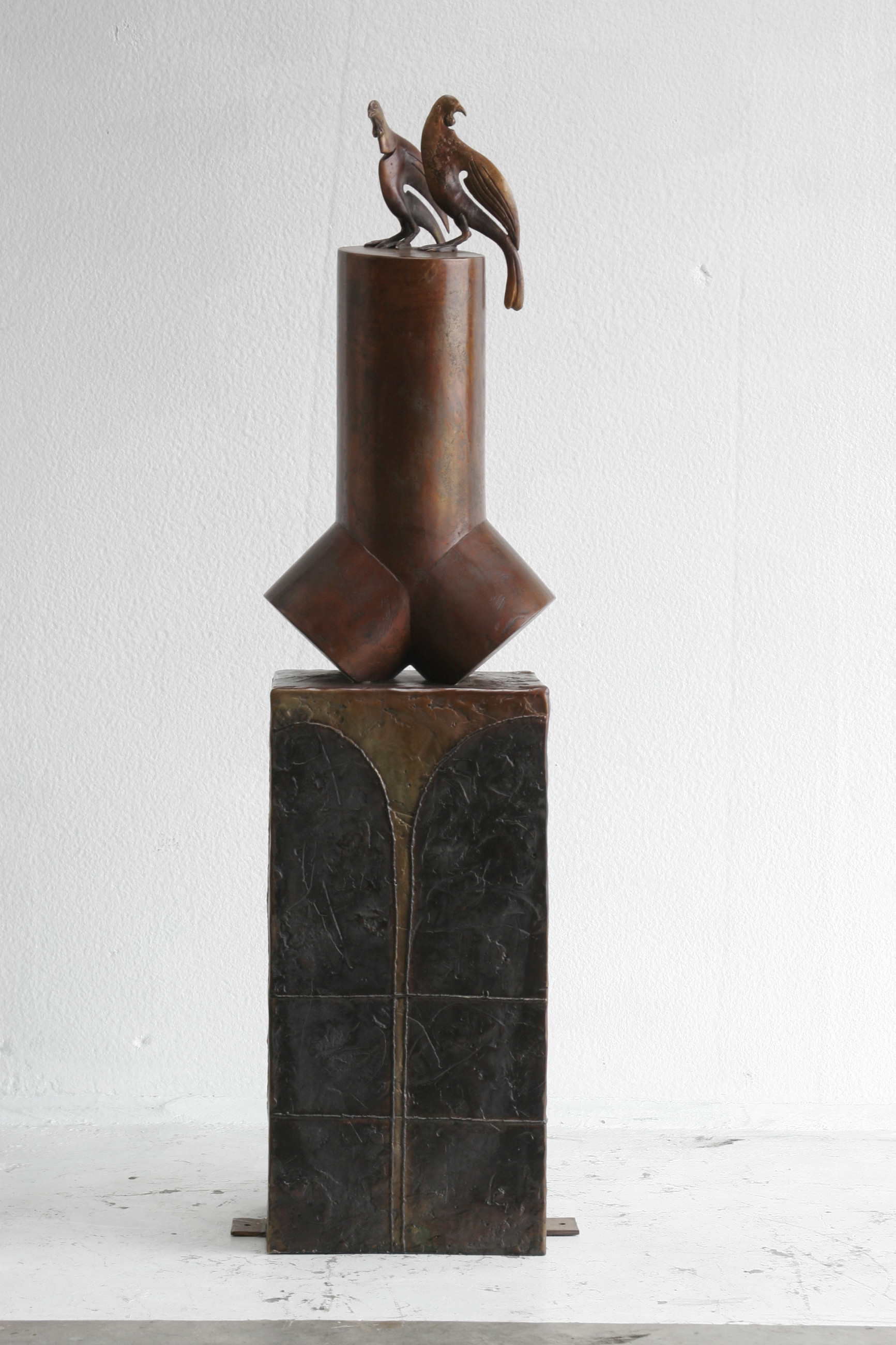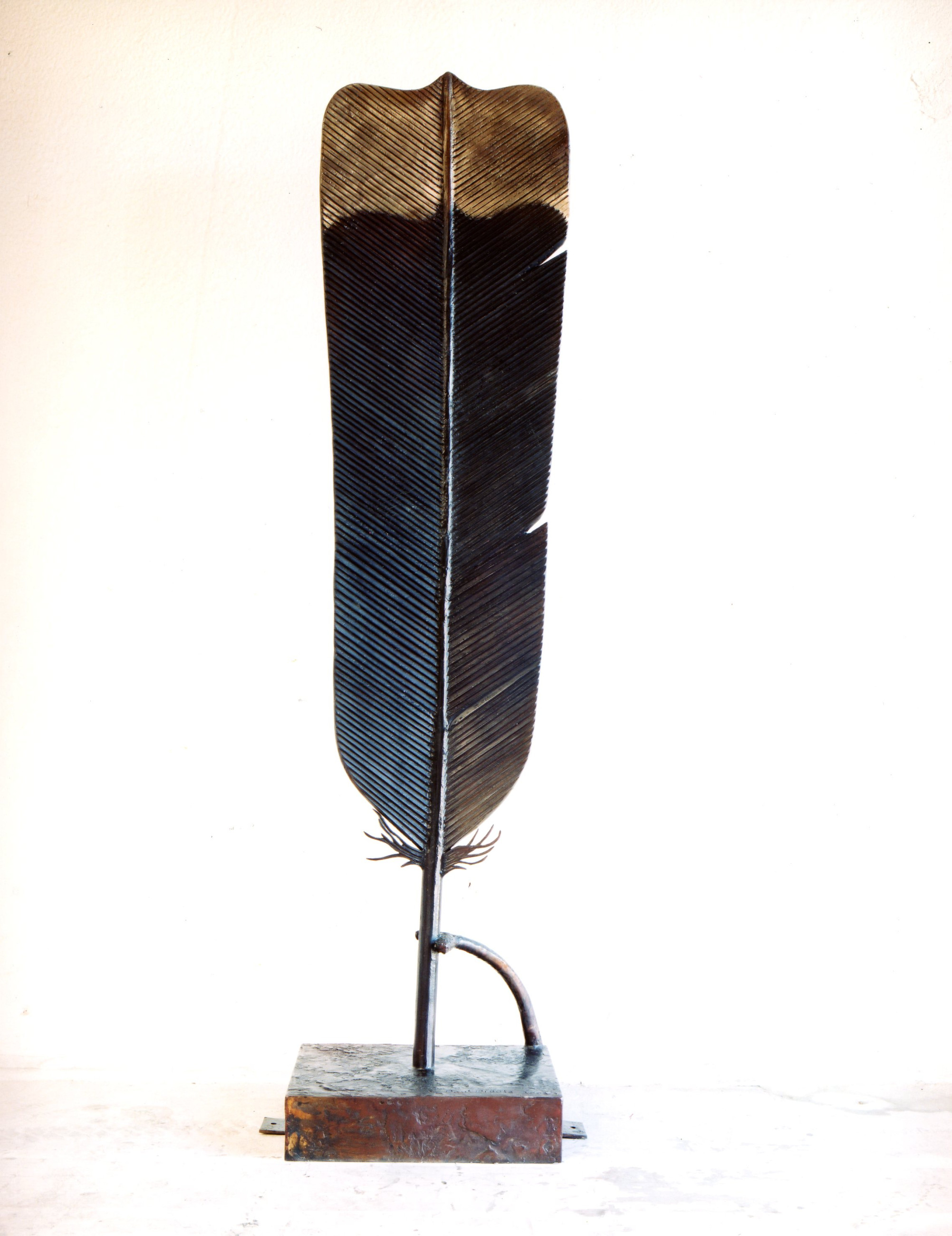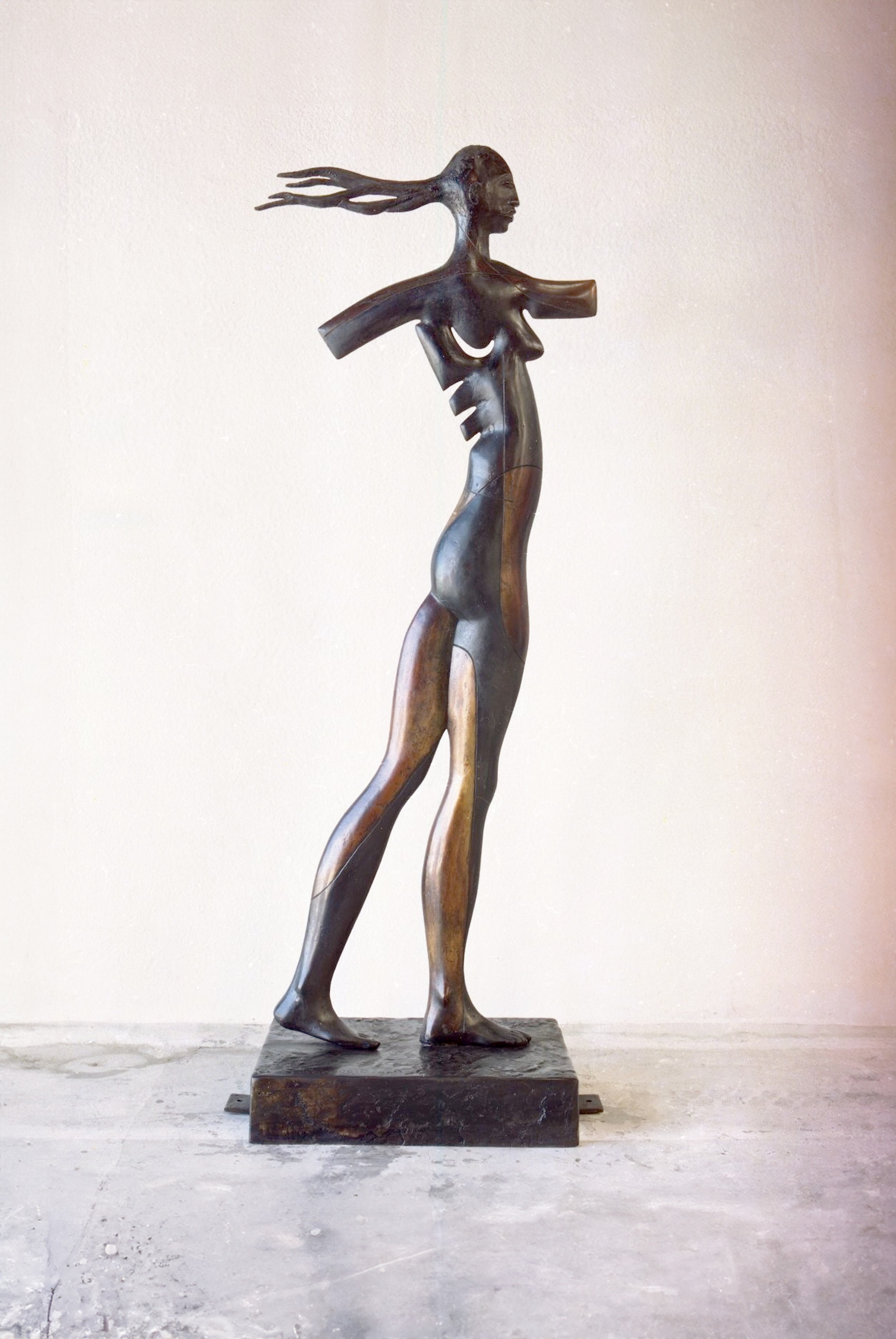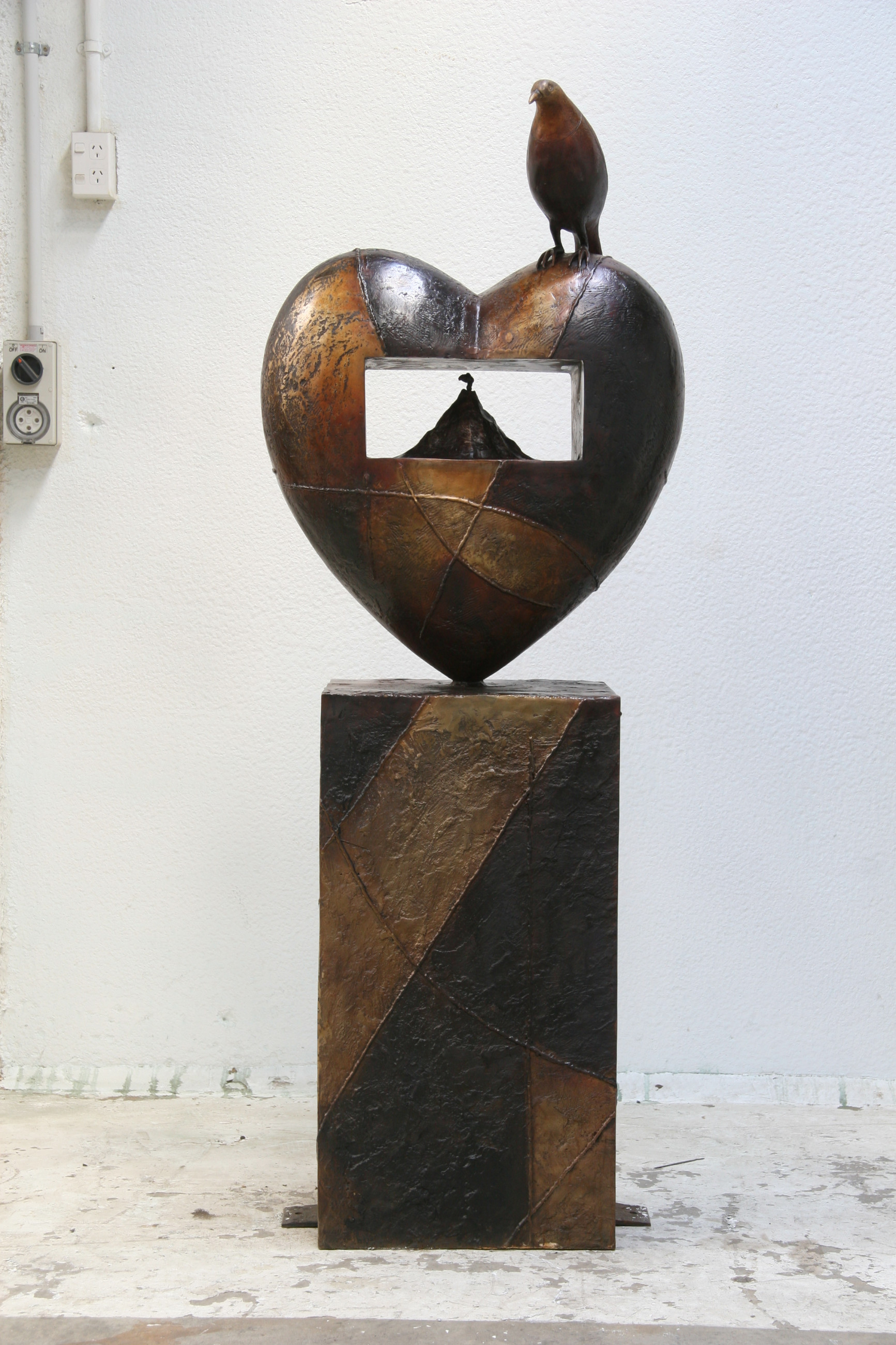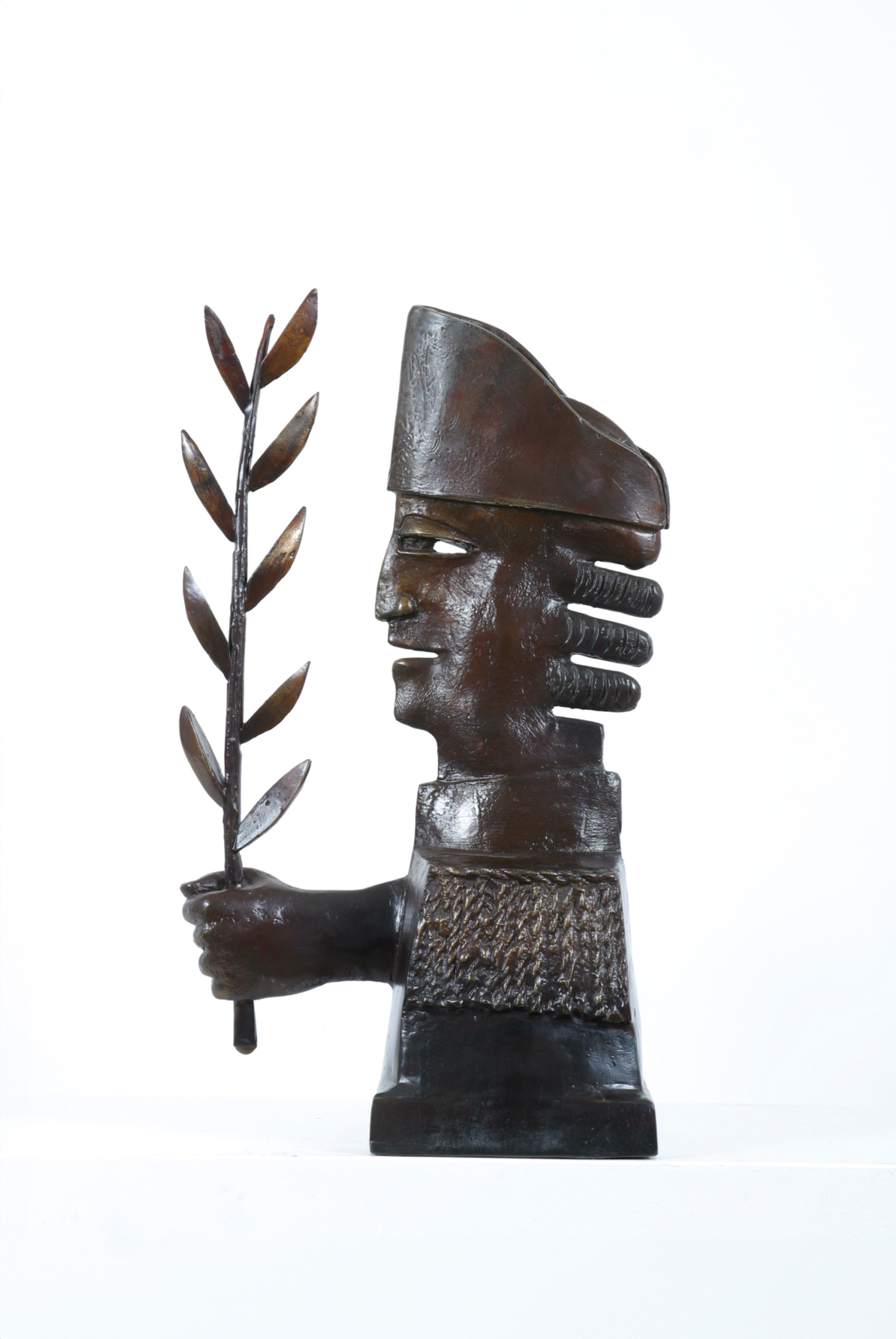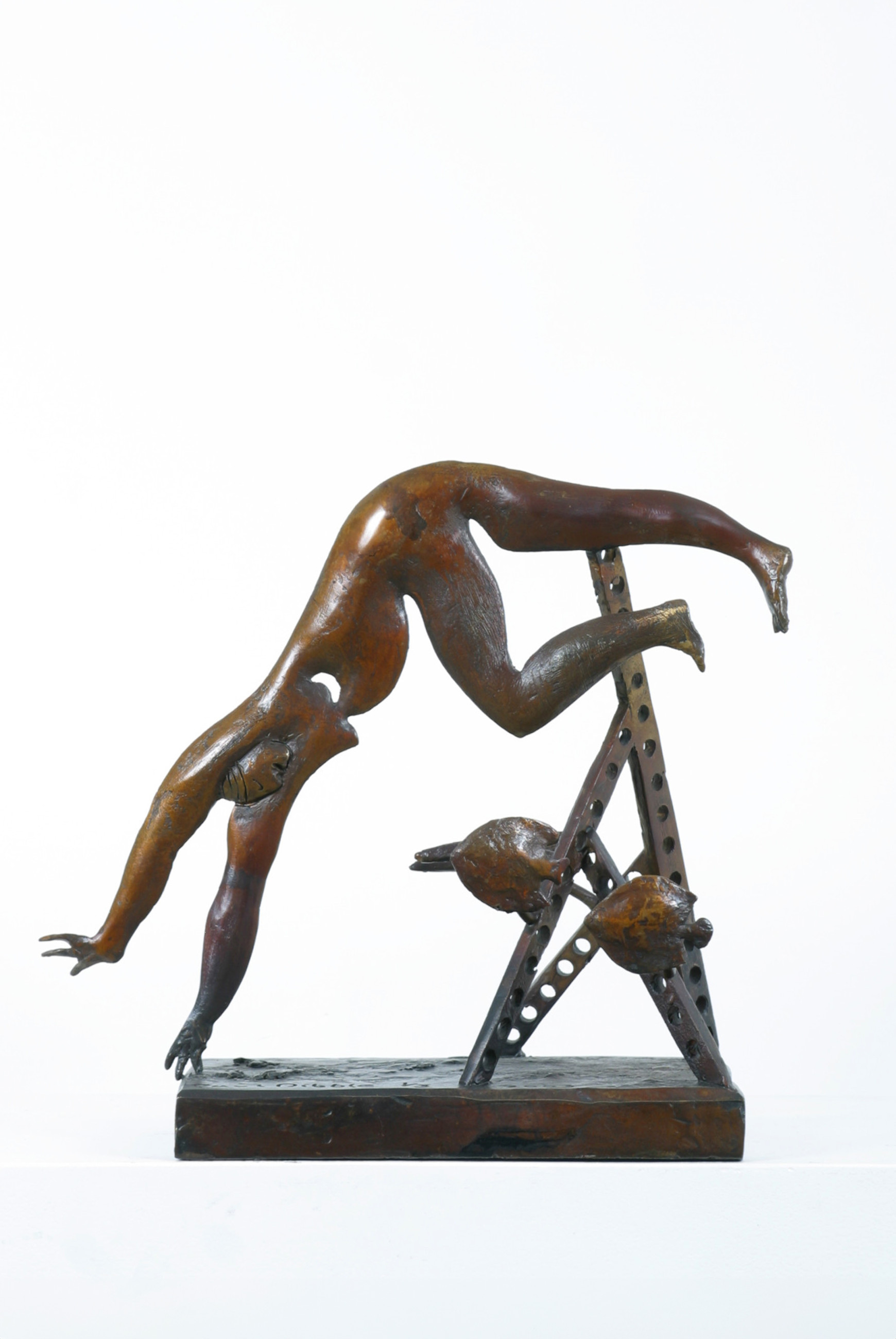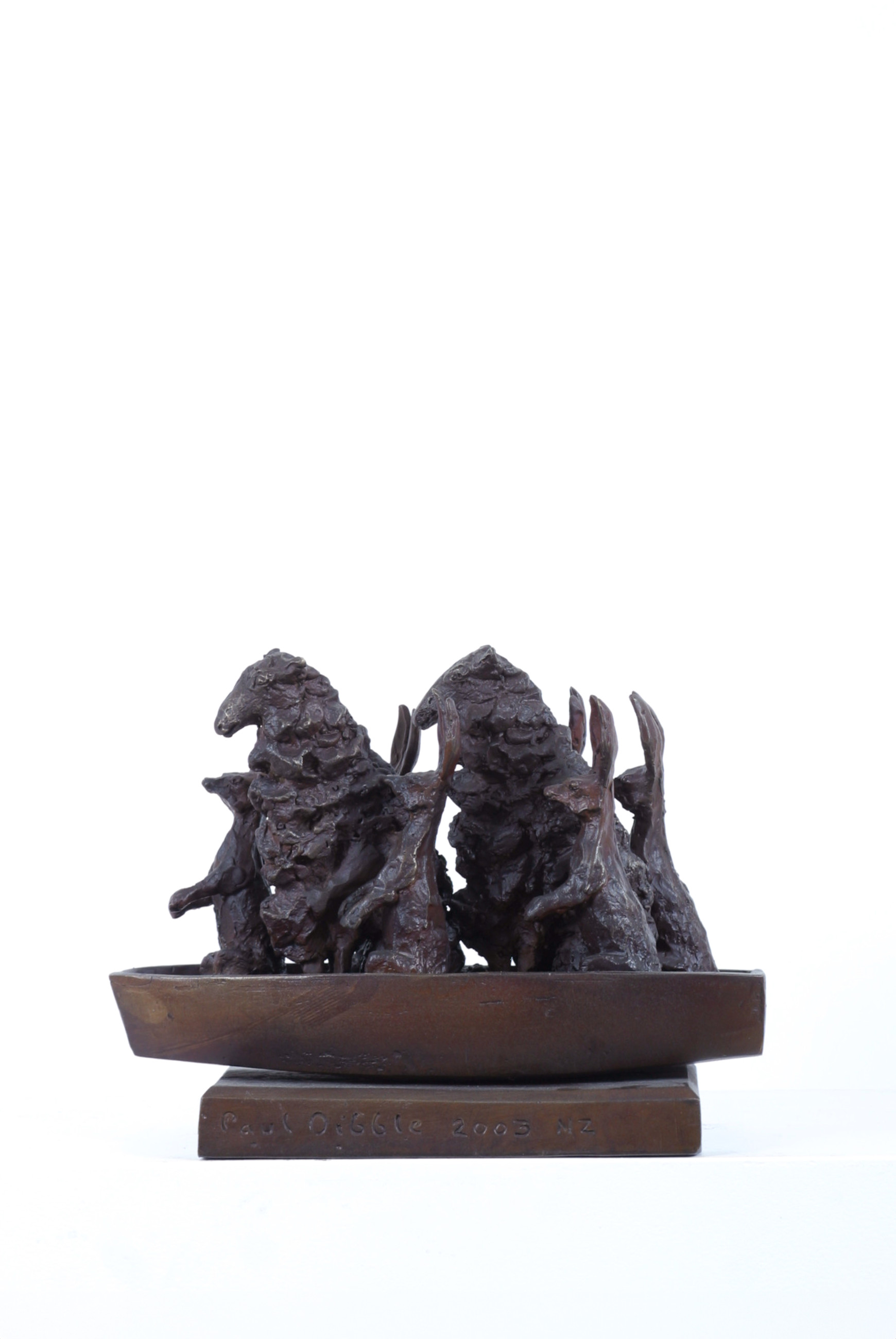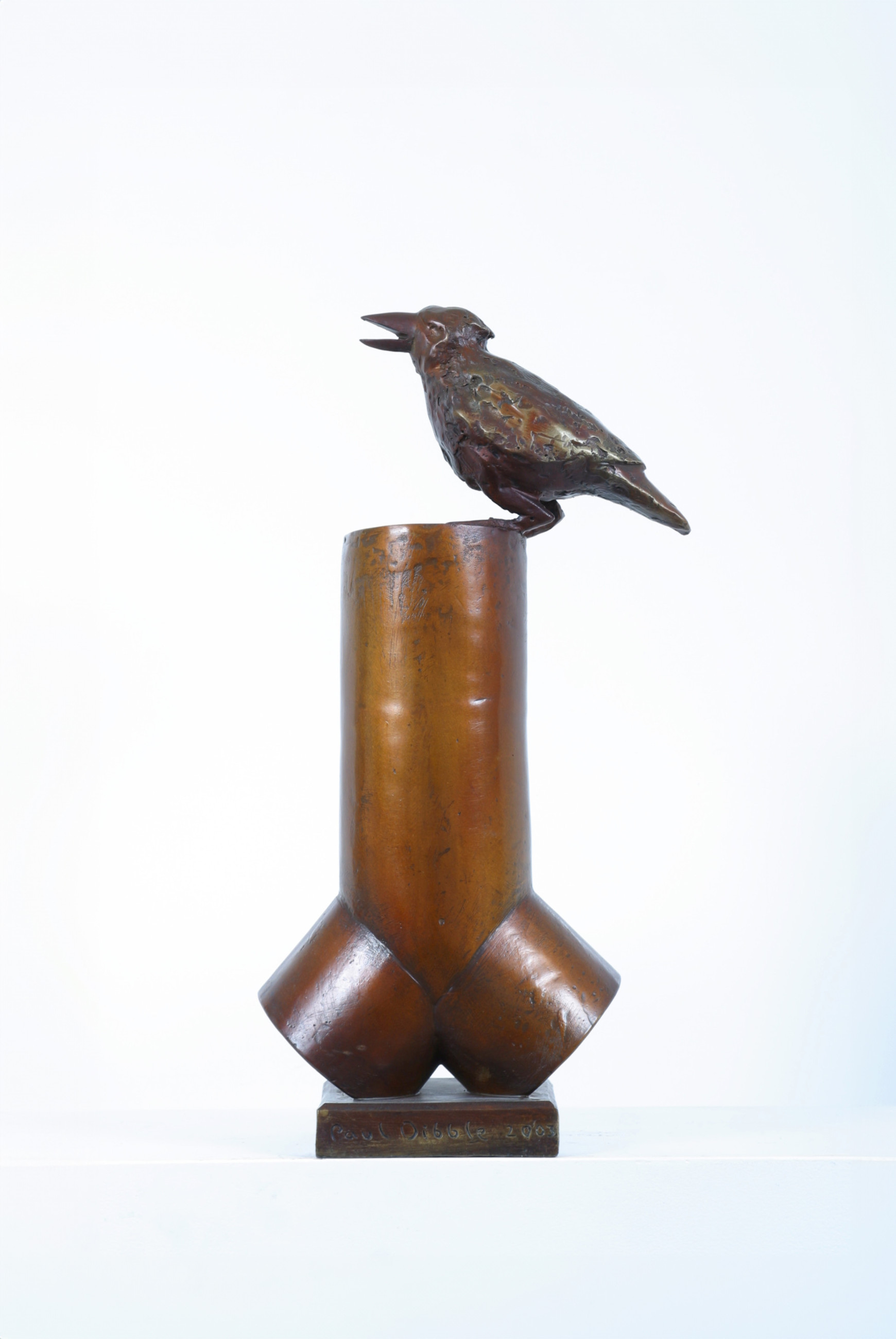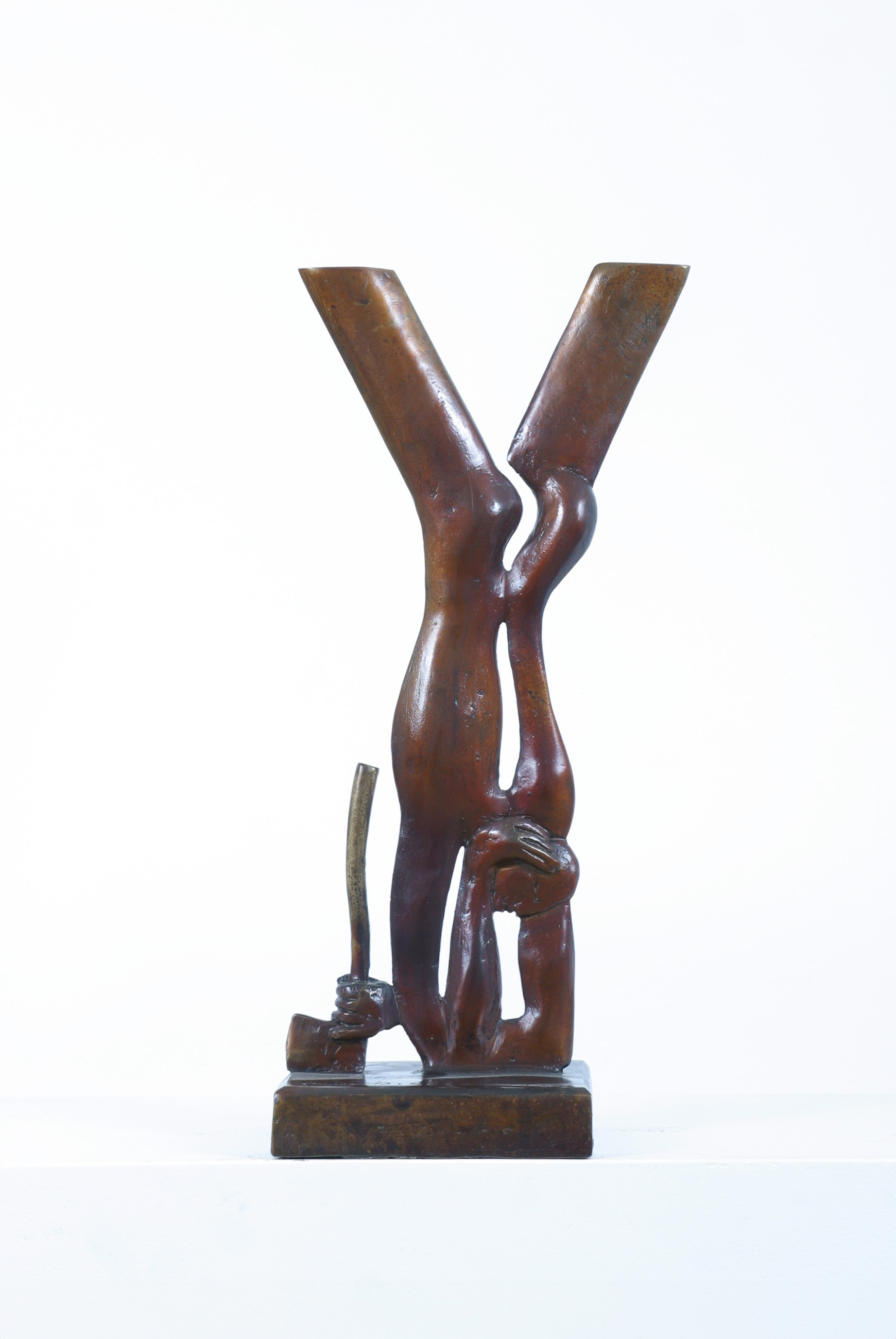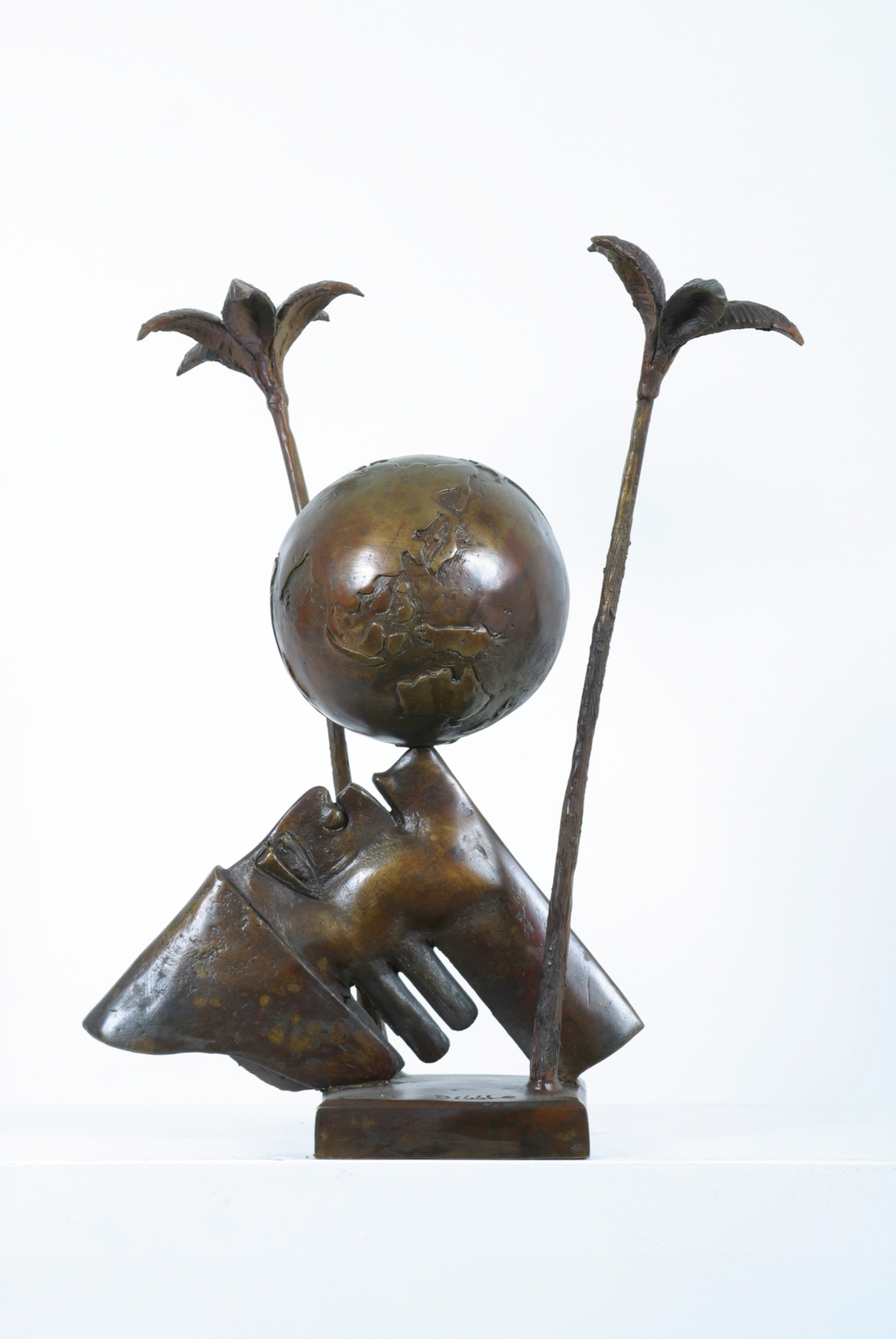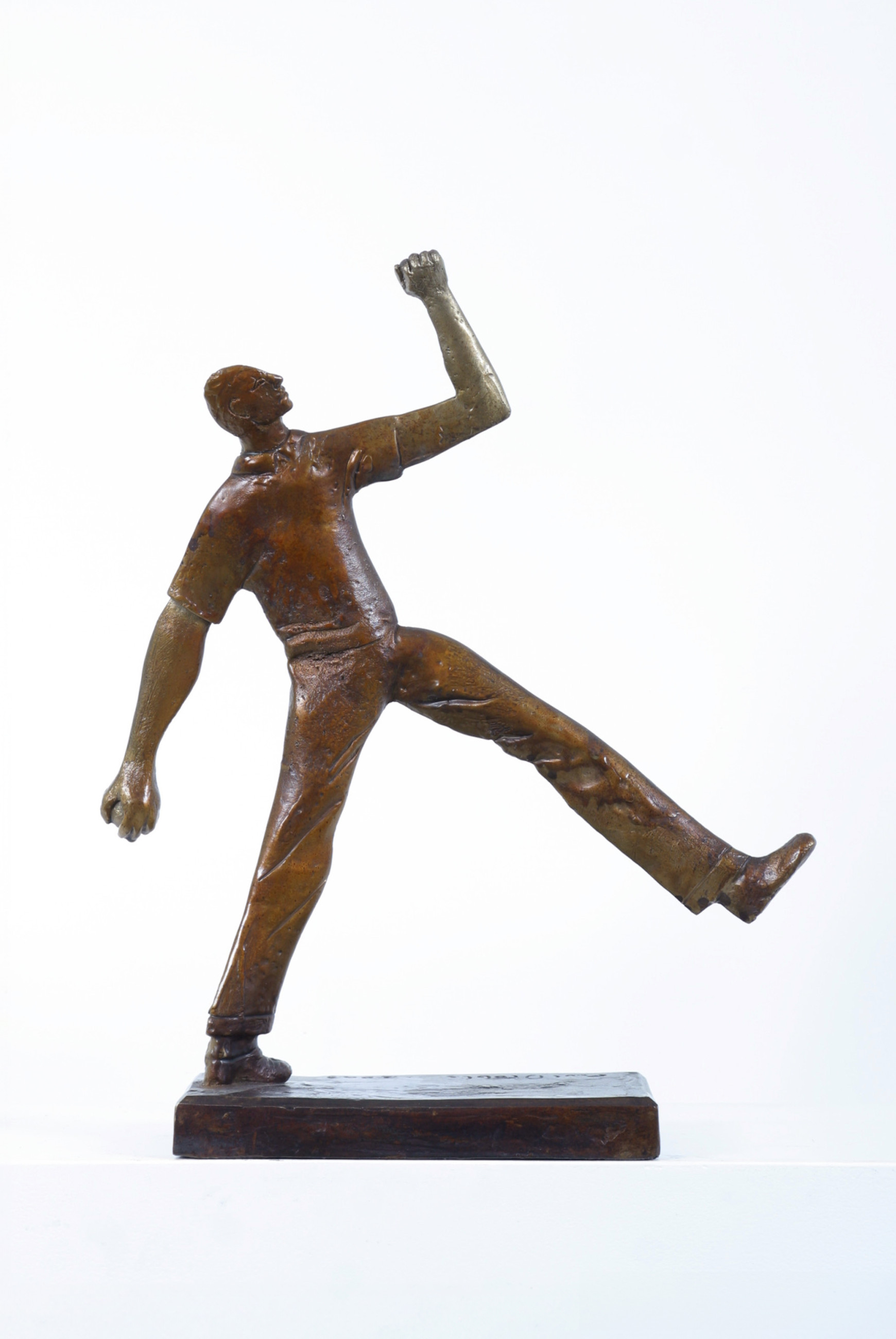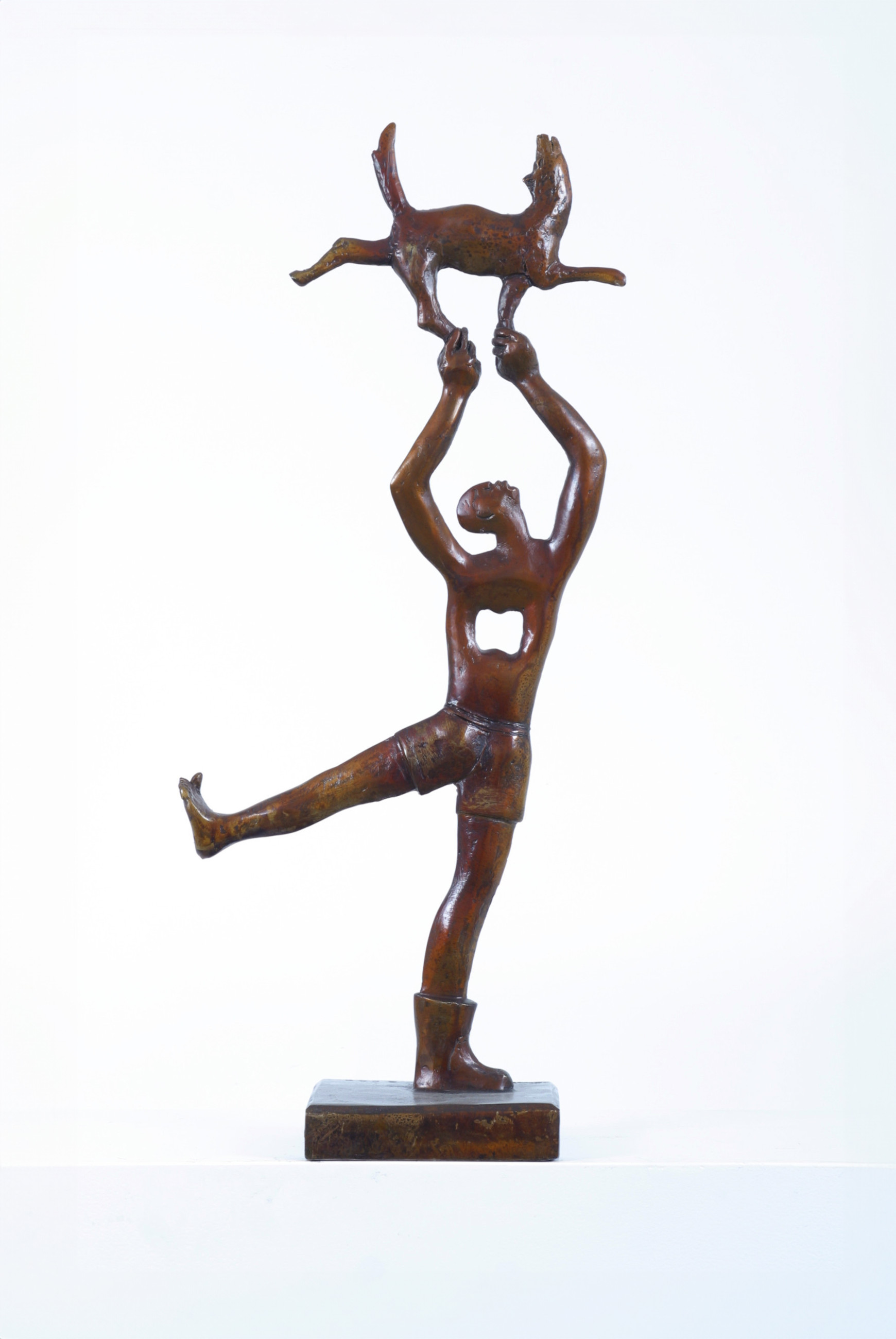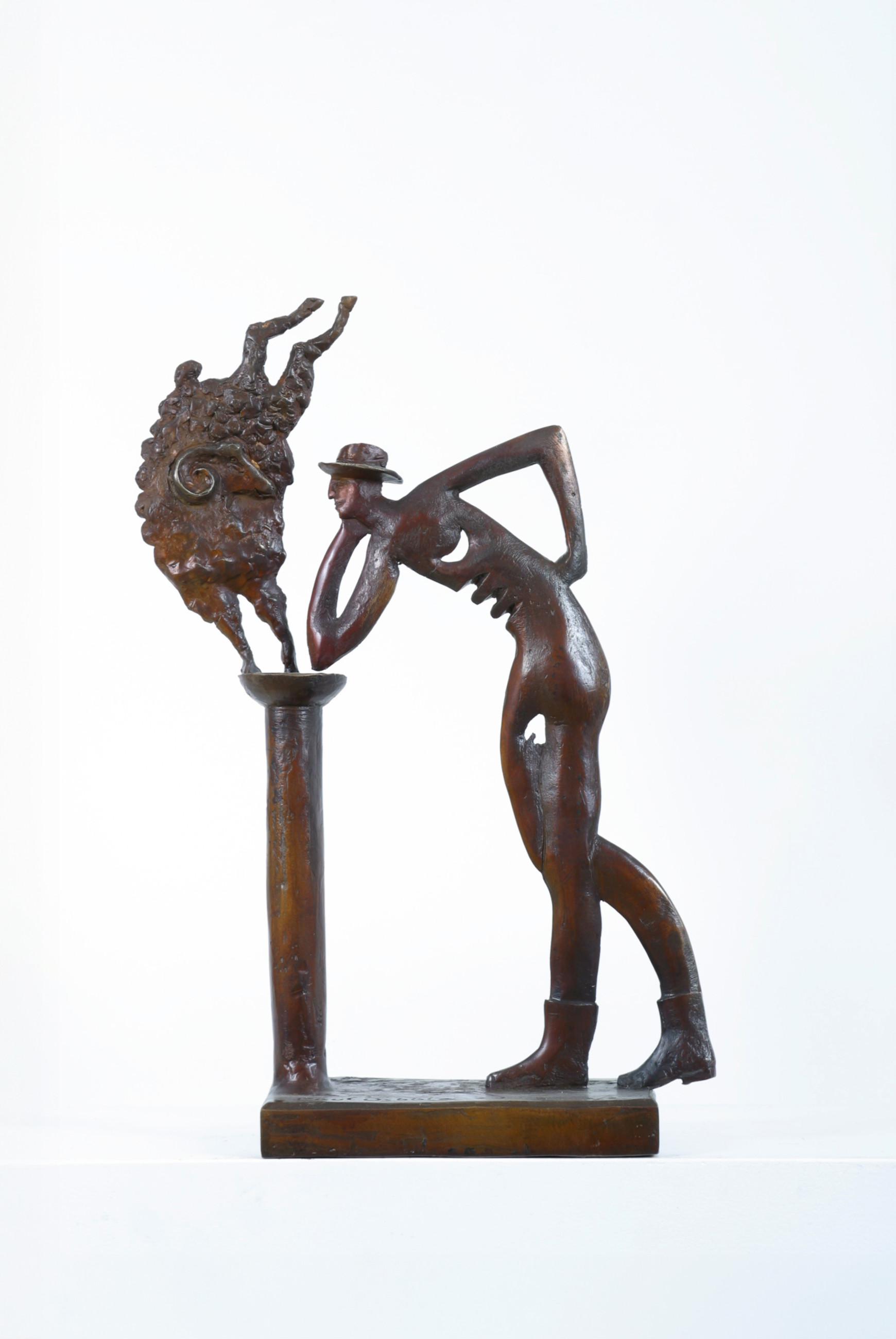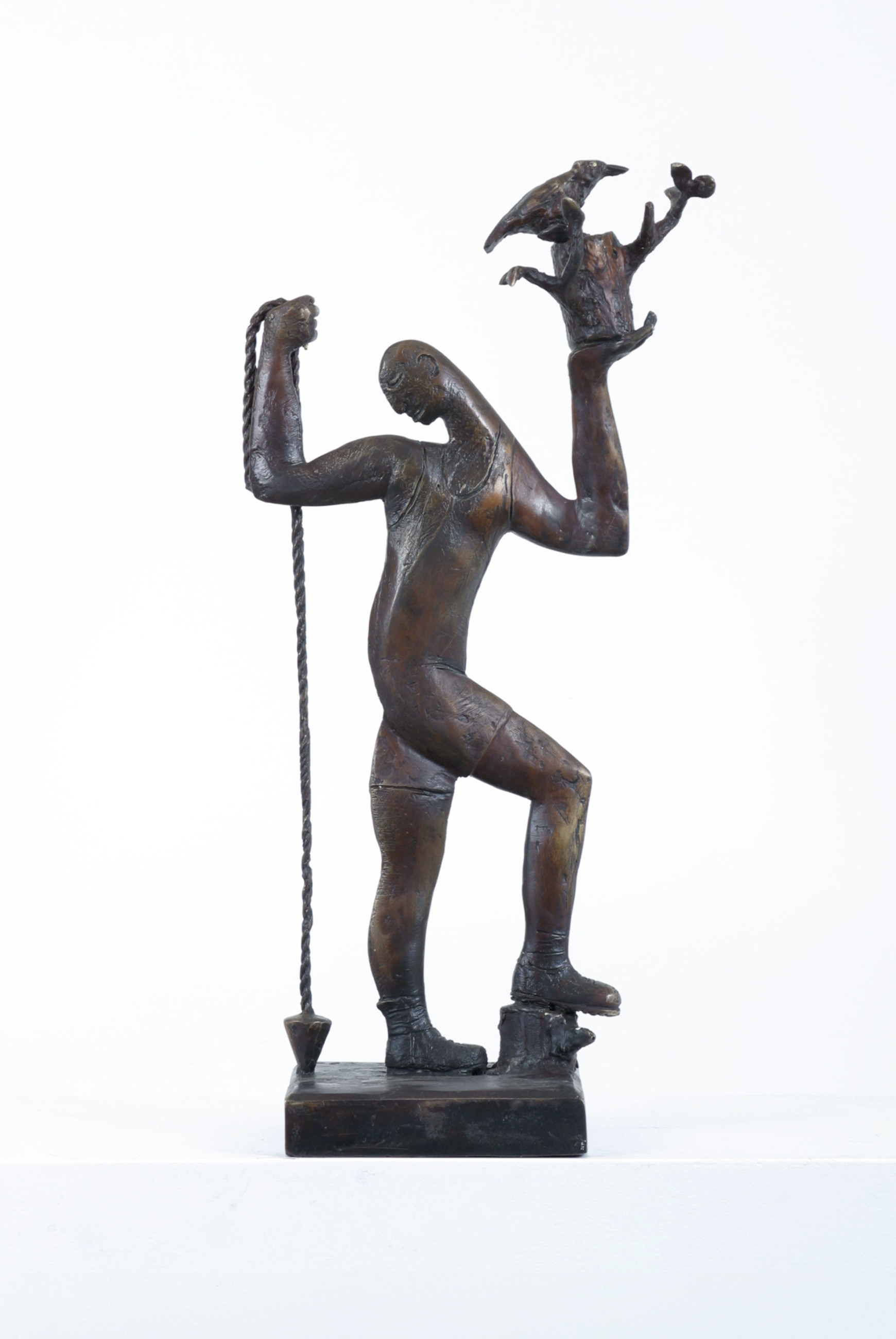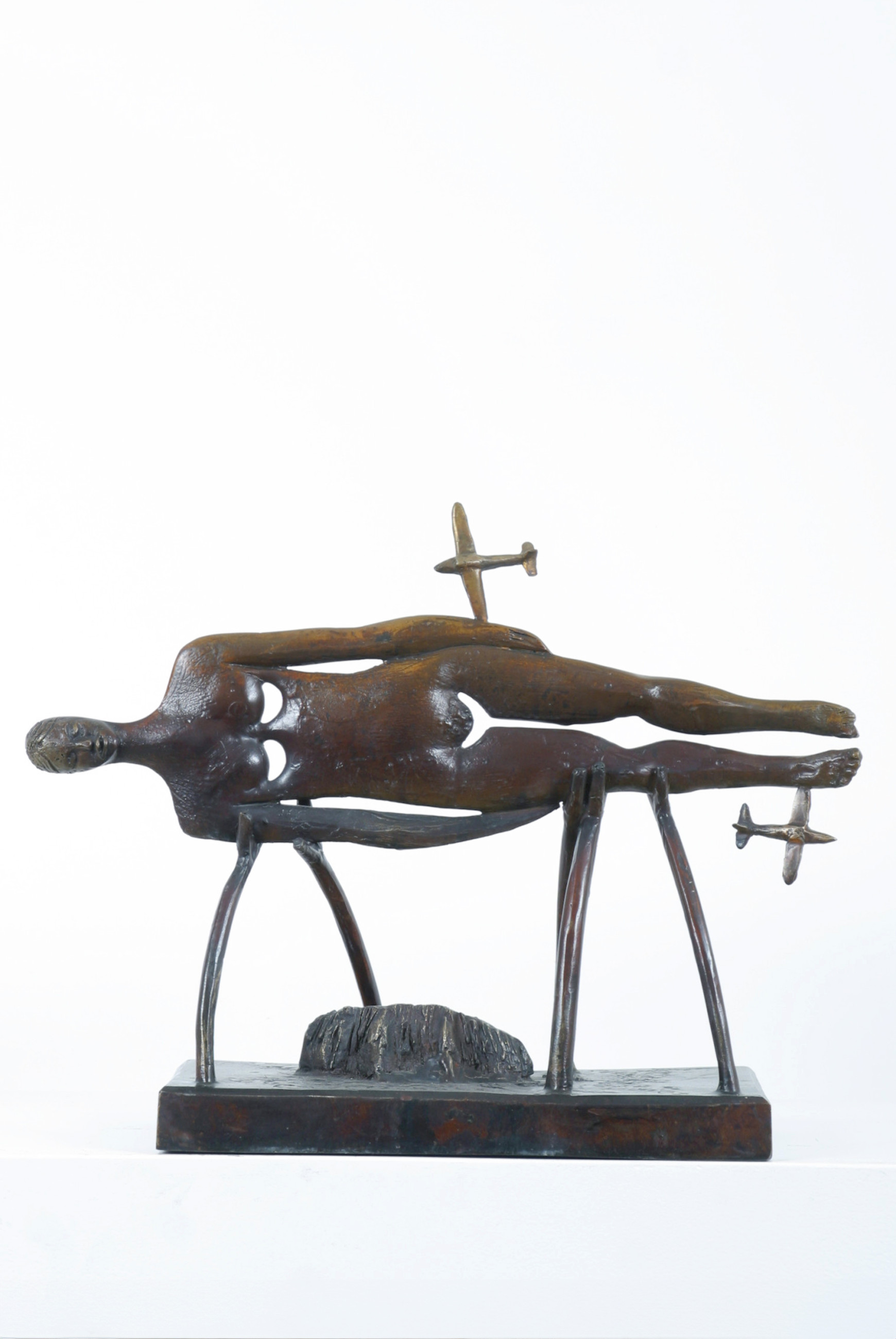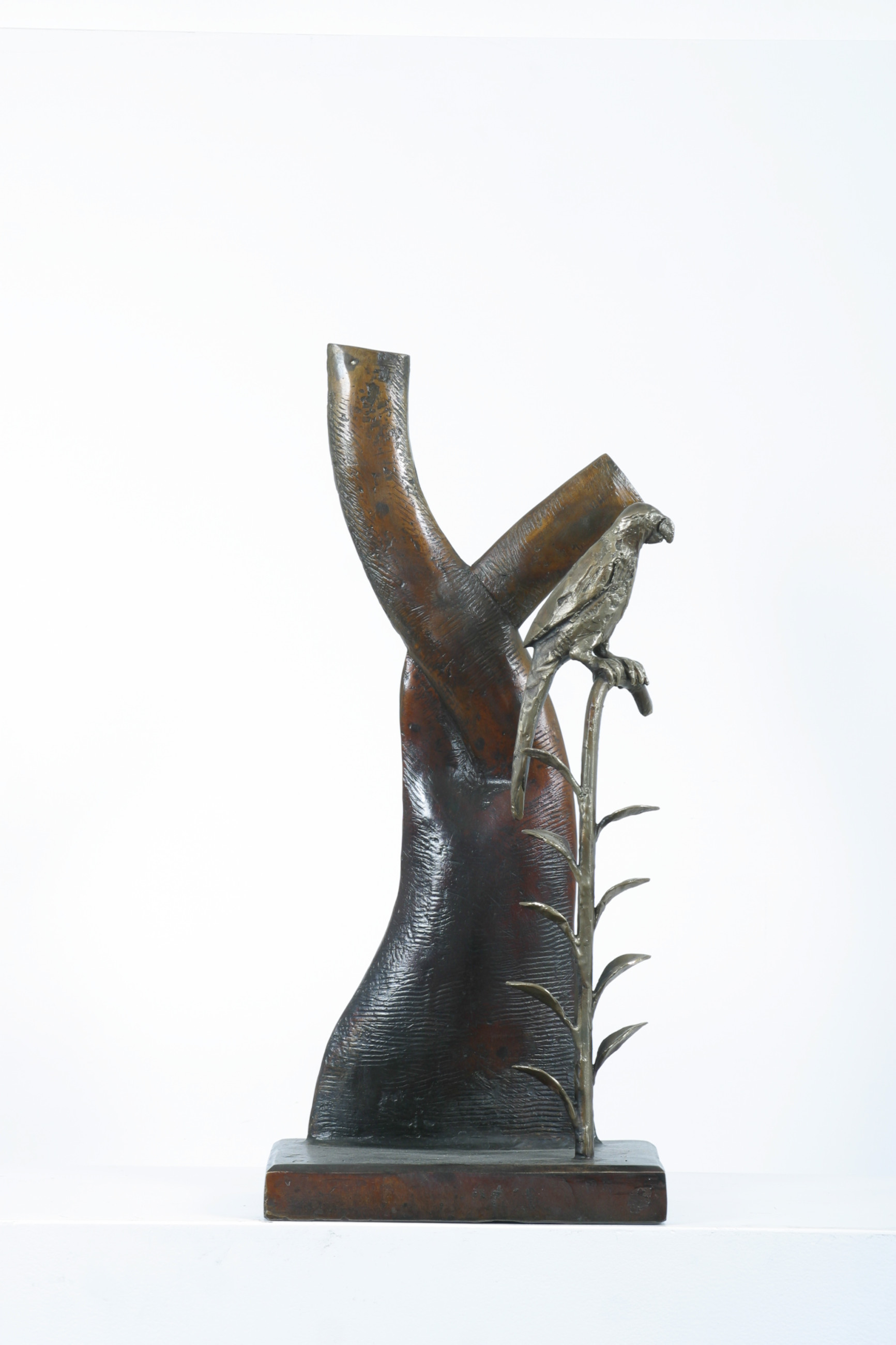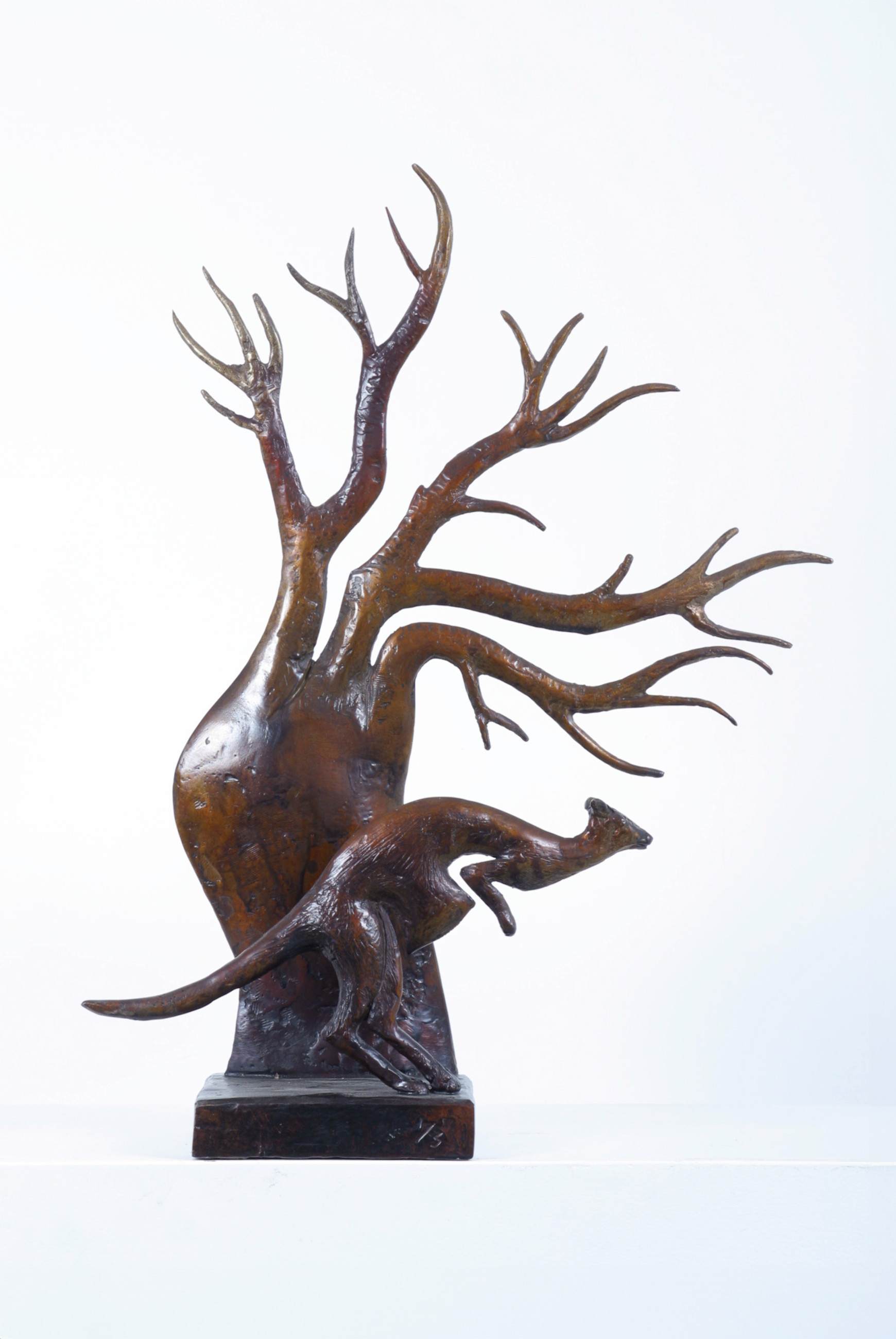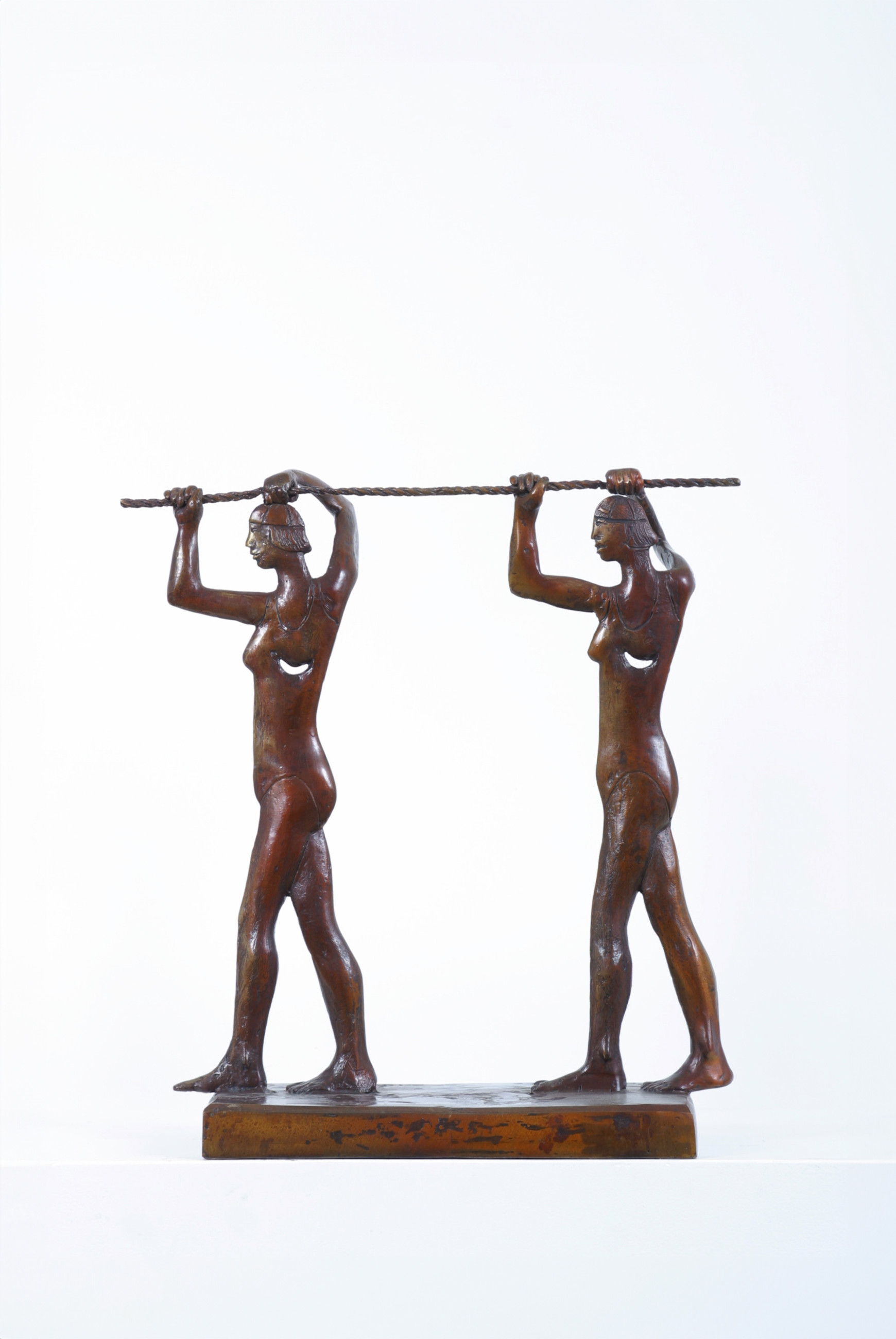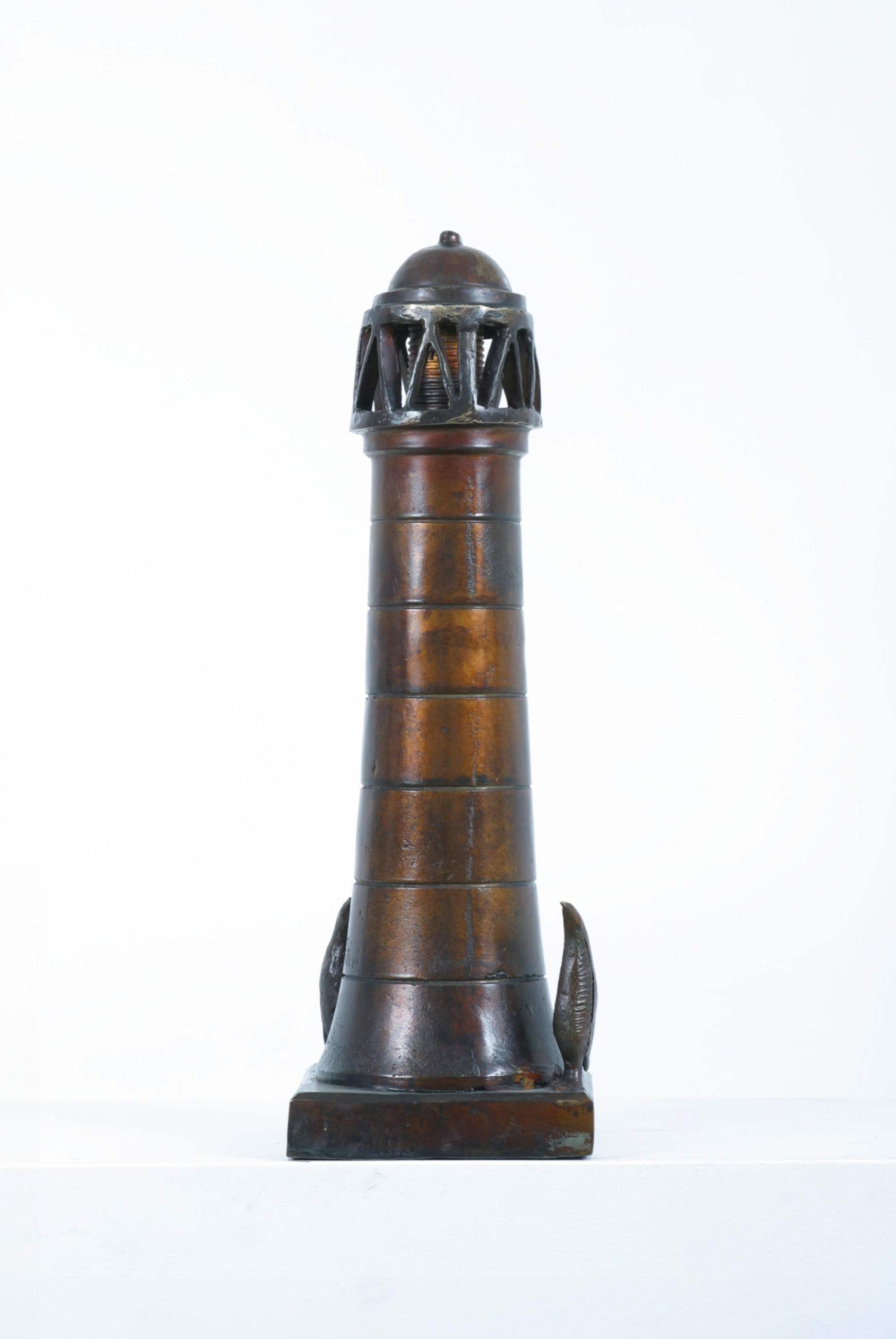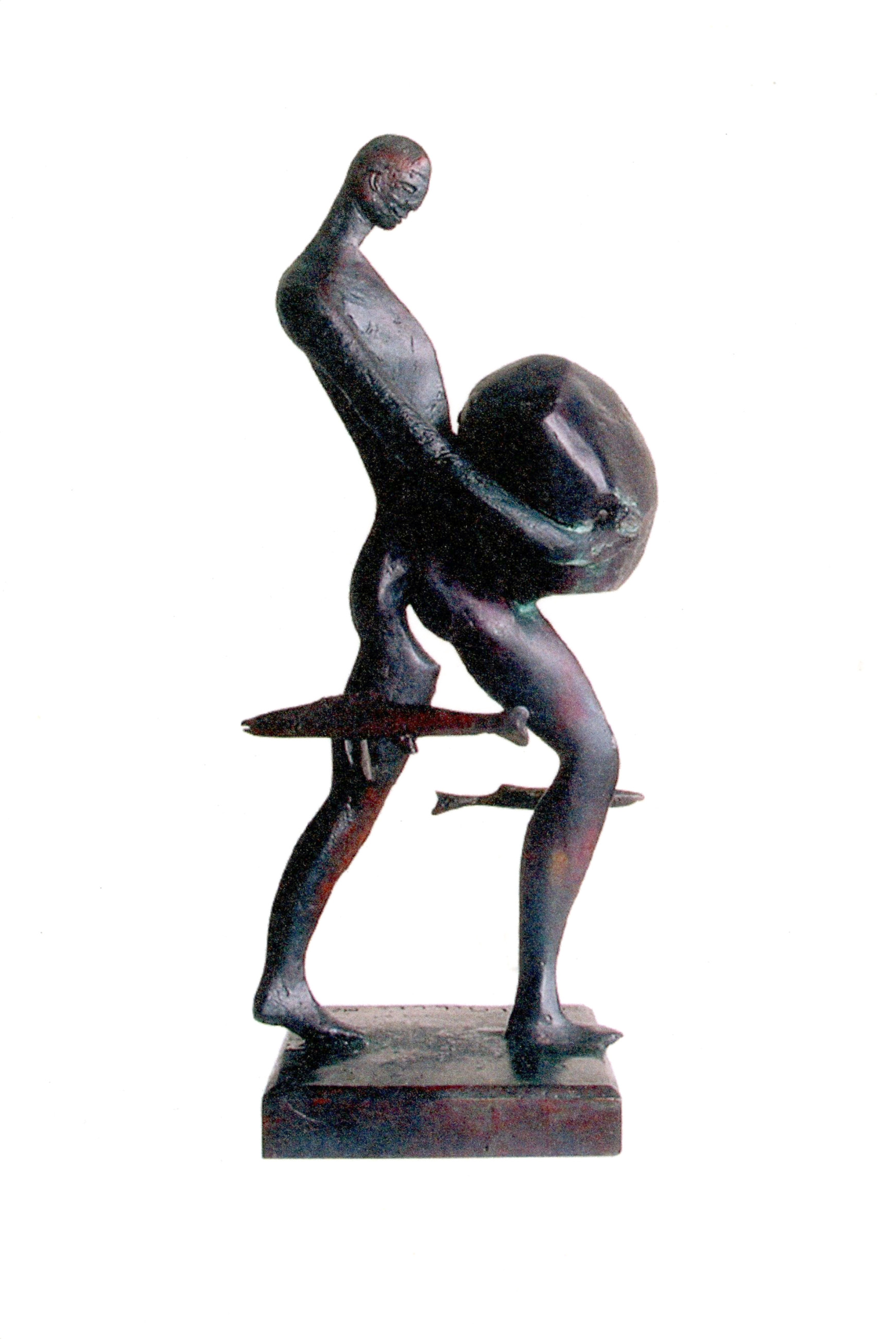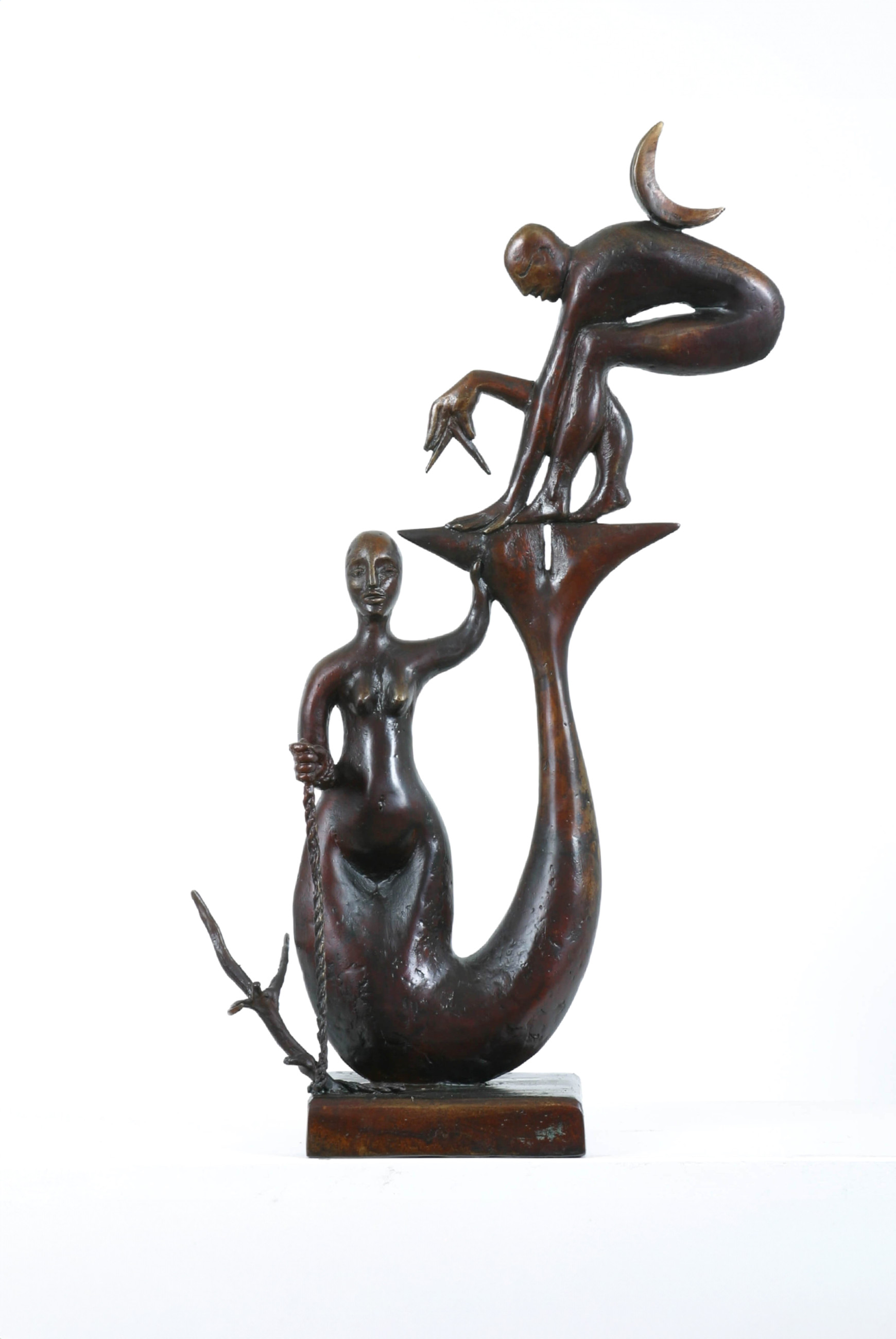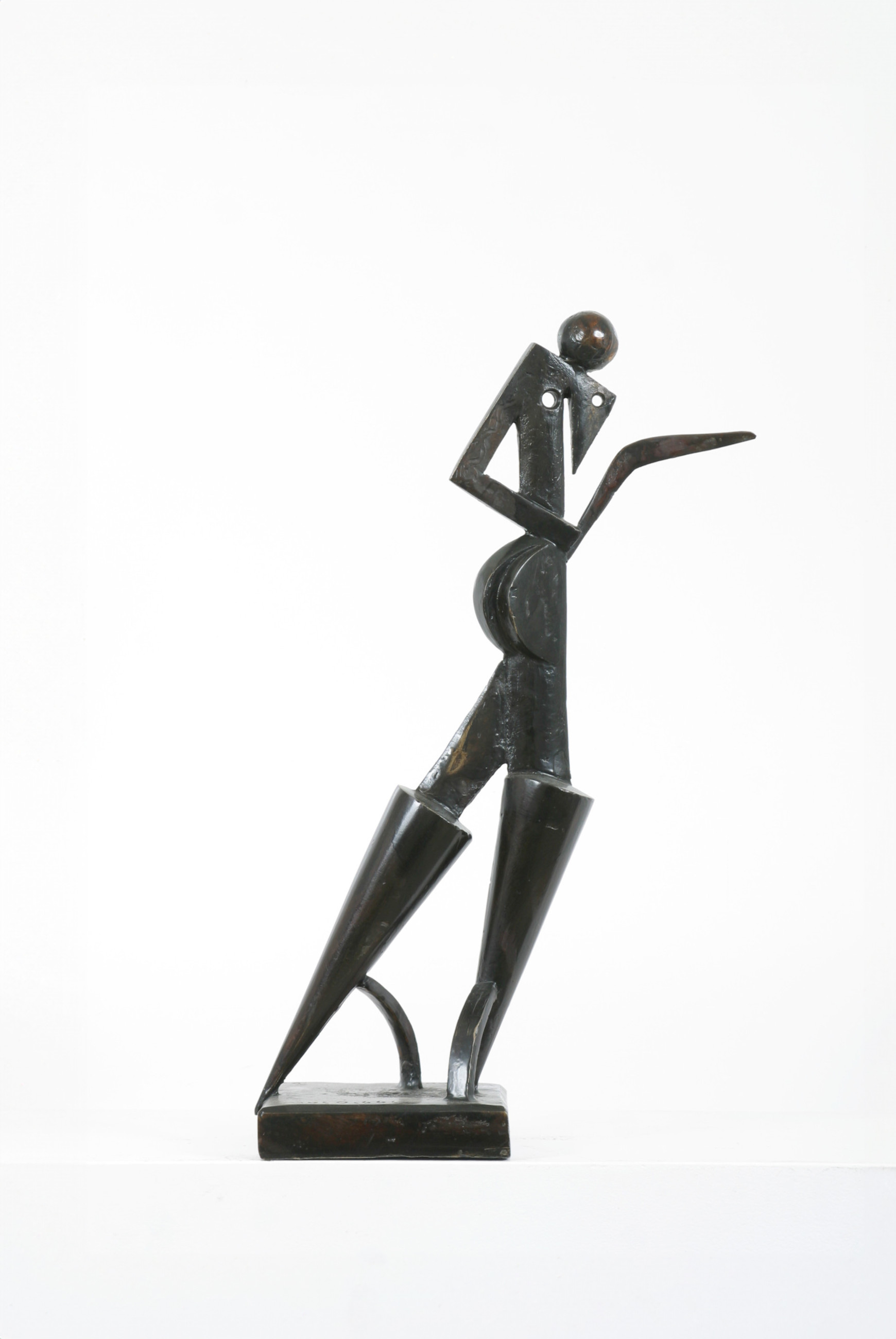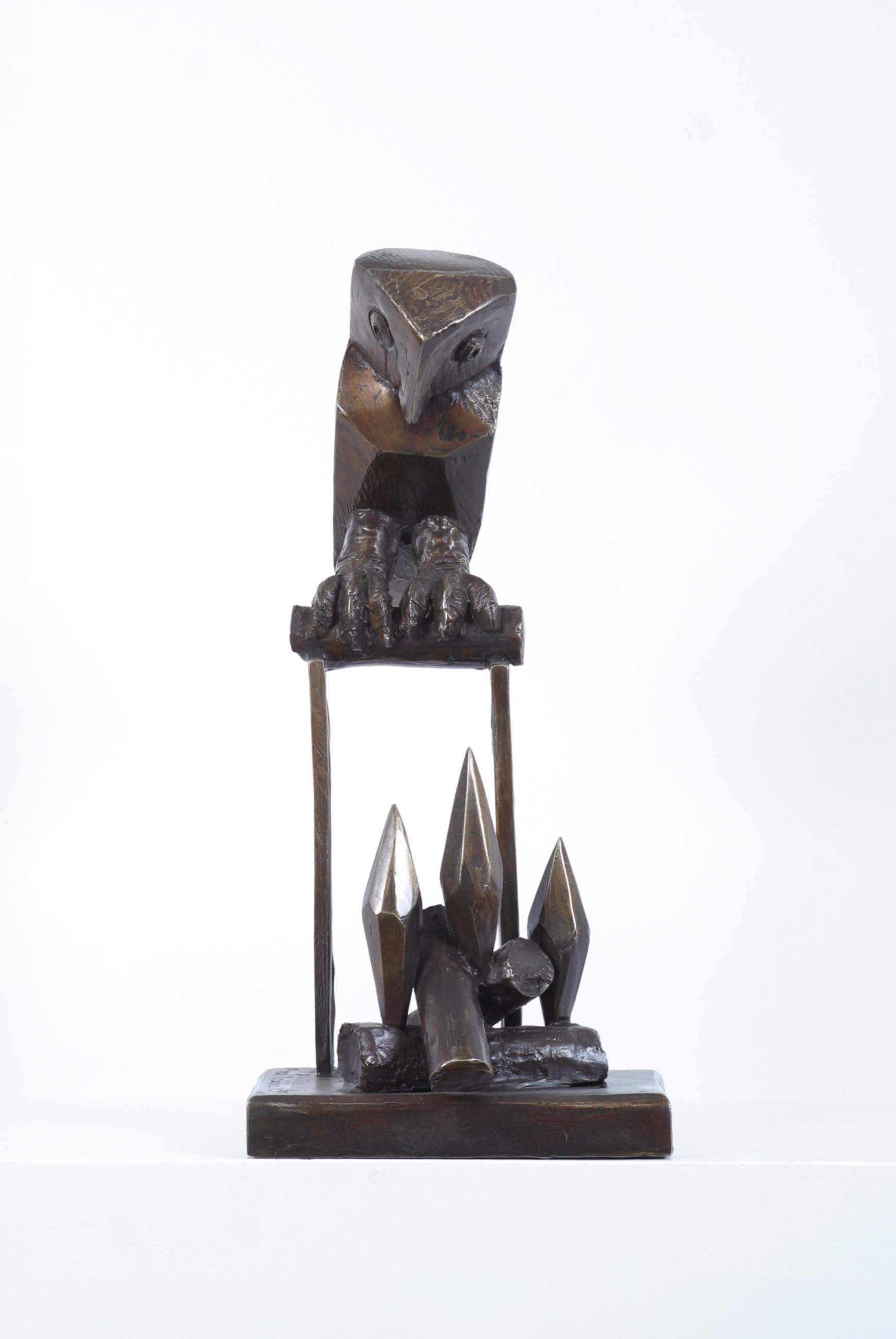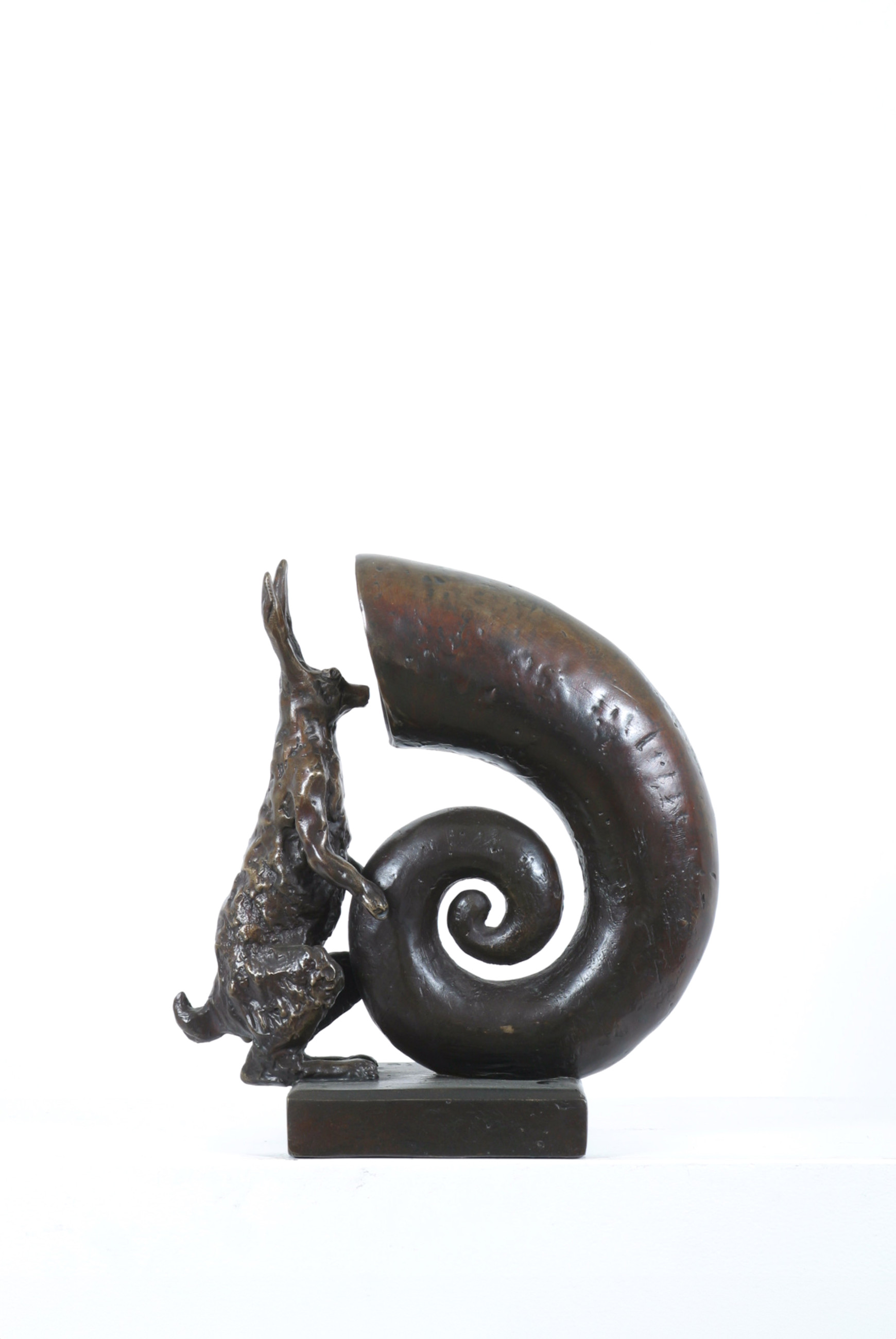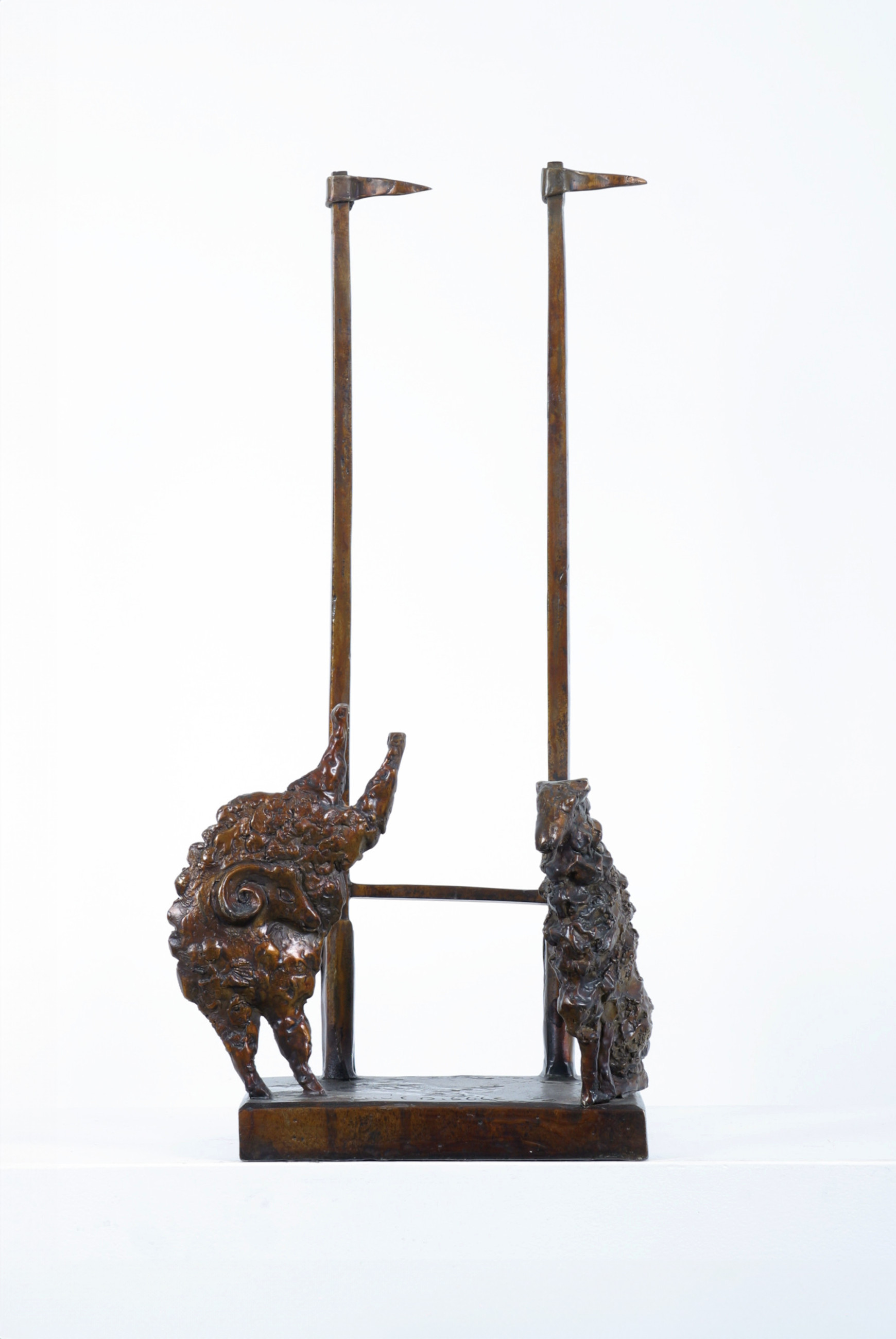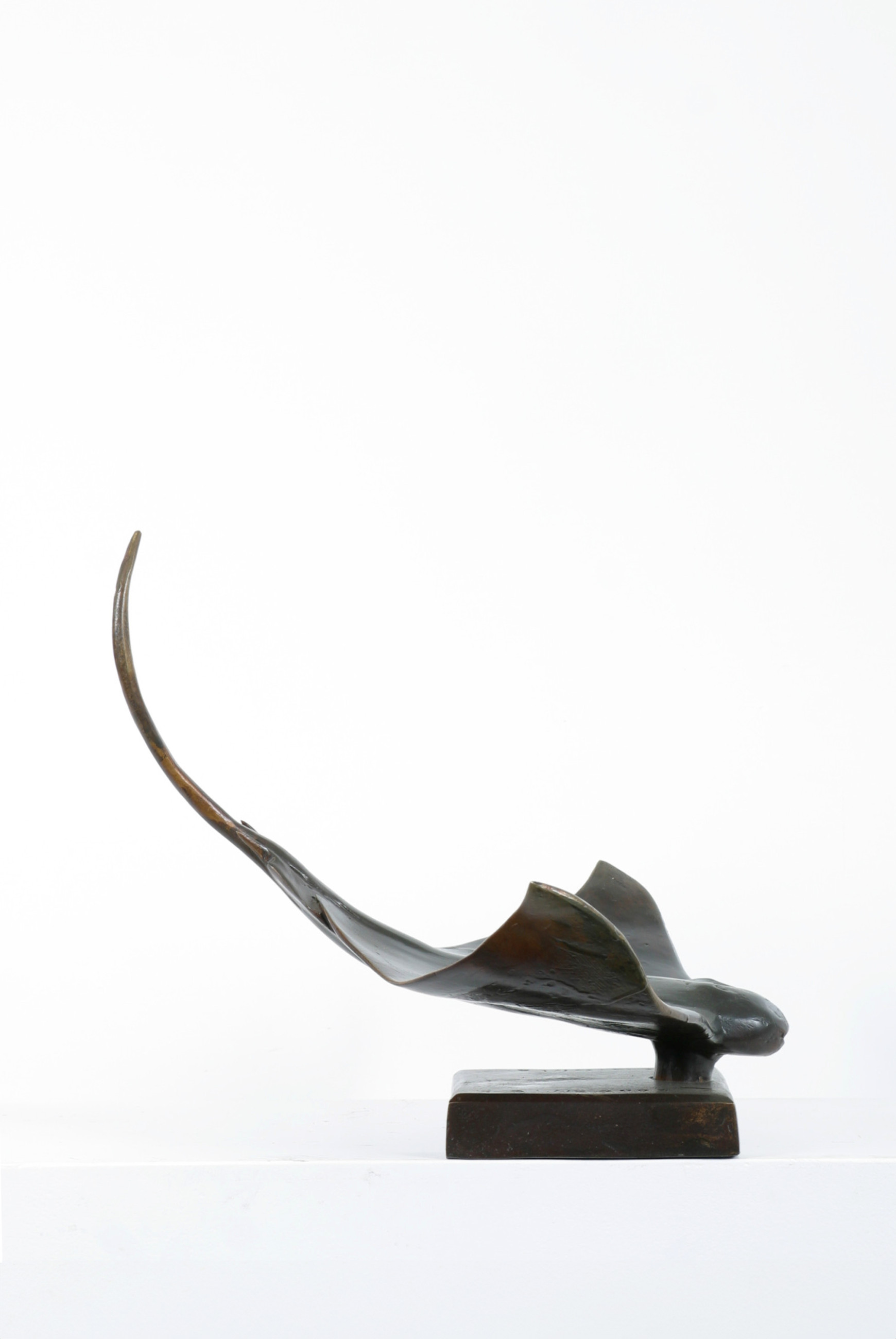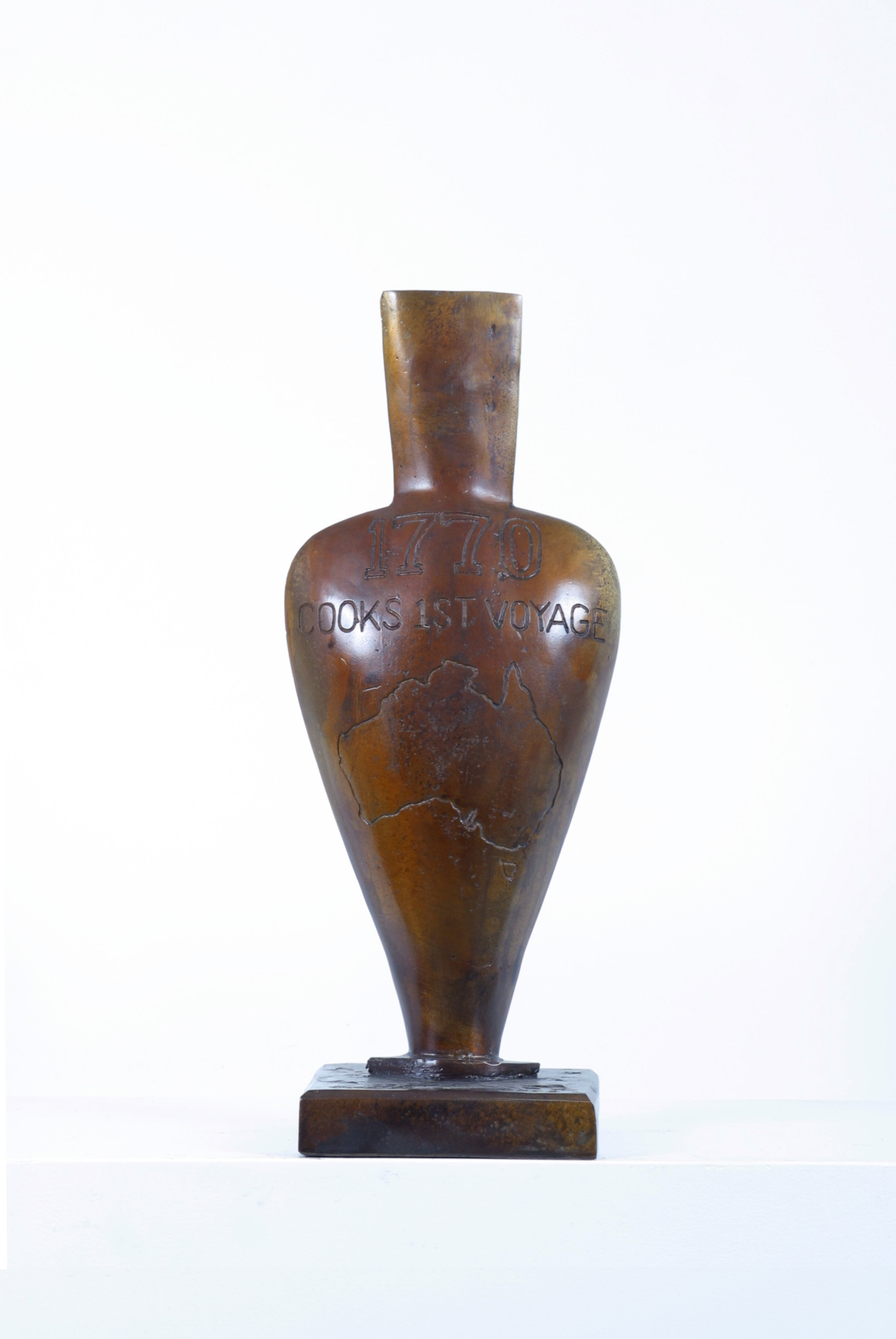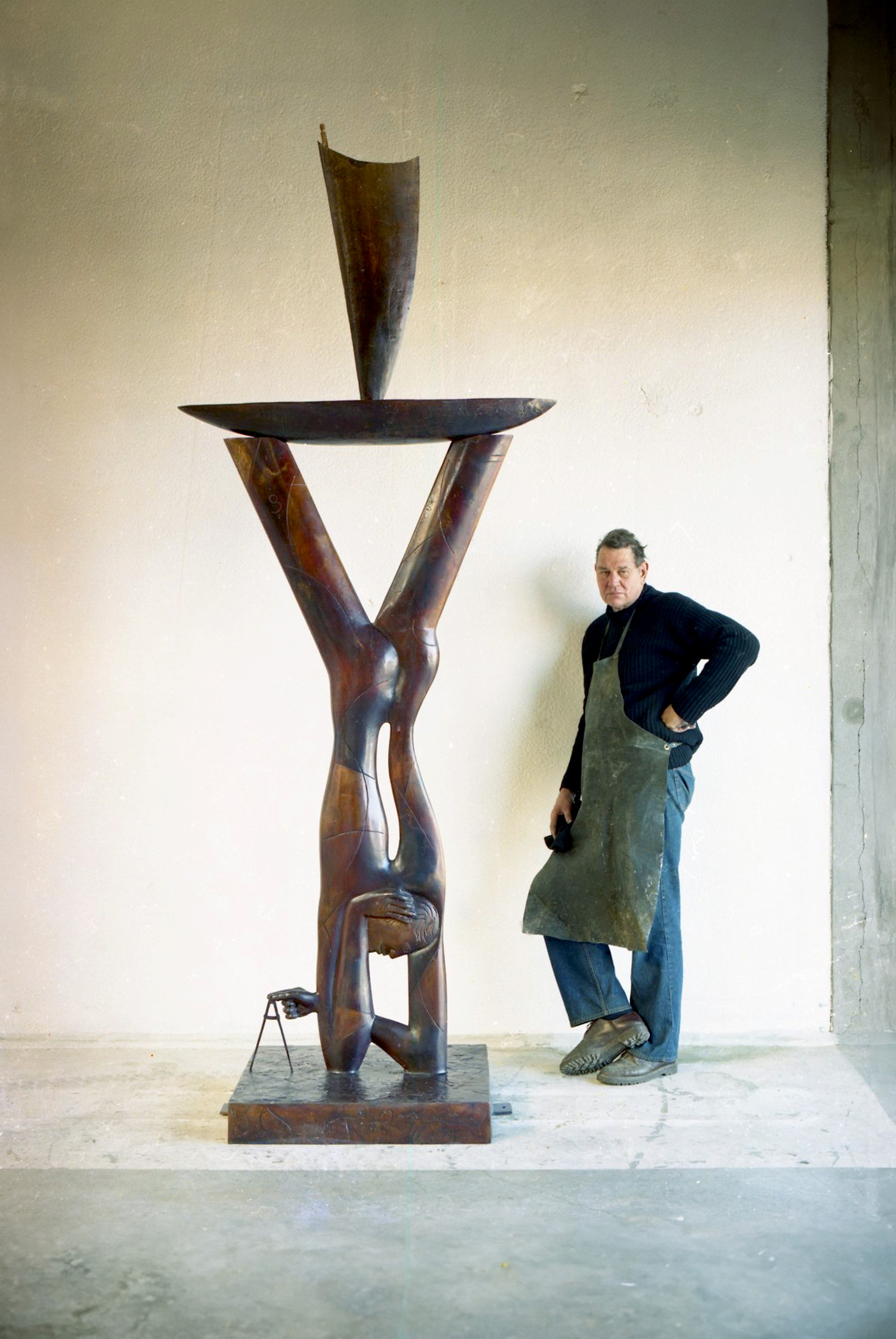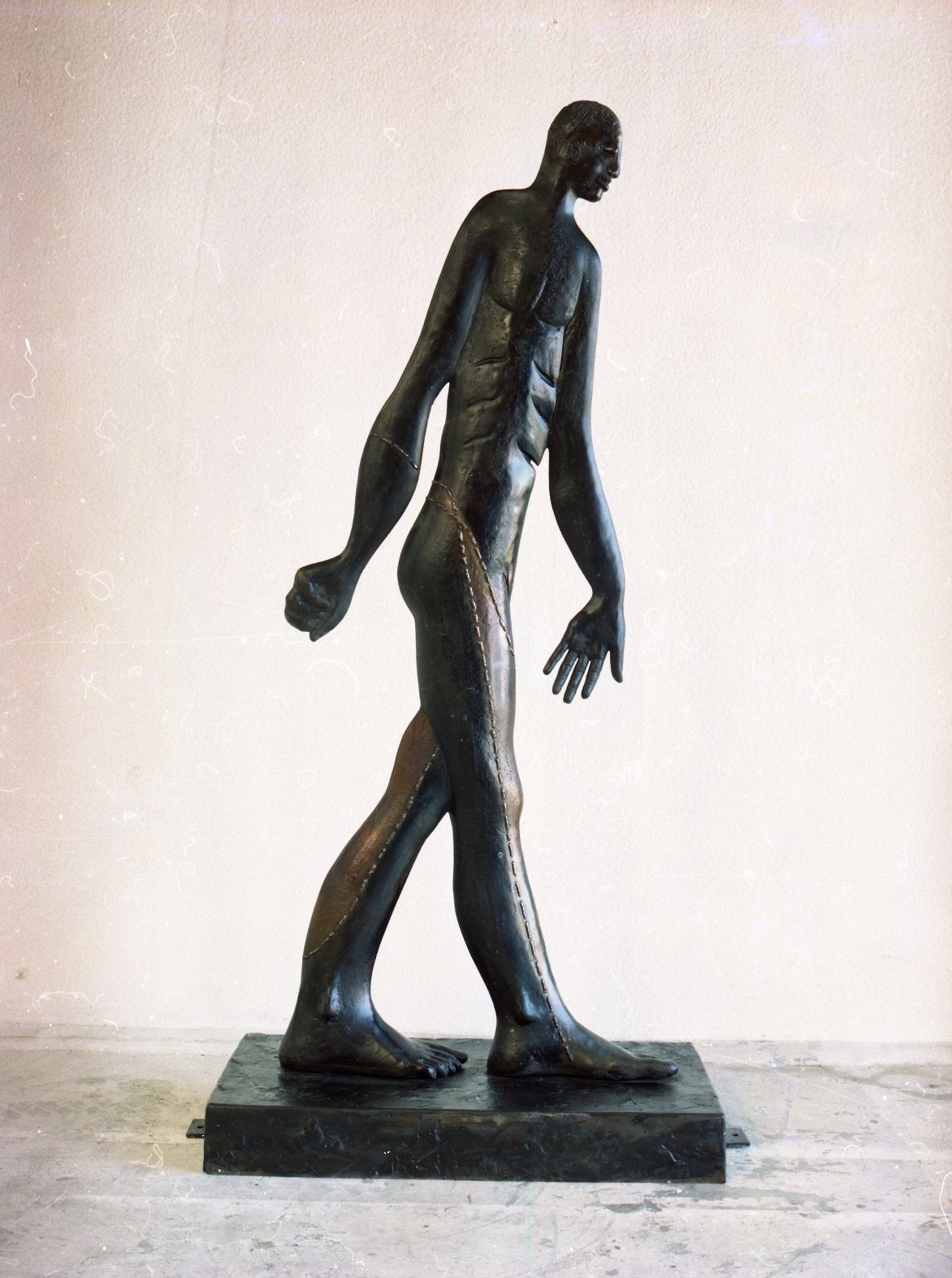September 6 - September 30, 2003 Looking for Australia
September 6 - September 30, 2003 Looking for AustraliaSolo, Gow Langsford Gallery, Sydney
Text
In May 1770, Captain Cook dropped anchor in Australia after travelling around New
Zealand. He mapped the eastern coast on his ship the Endeavour with his crew, astronomers, botanist Joseph Banks, naturalist Daniel Solander and artists. The events of their voyage are retained in the travelogue left in the naming of sites along the way. Point Hicks commemorates the second in command who first sighted land, Botany Bay is where Banks collected specimens, Smoky Cape was where they saw lit fires. A piece of shallow water with jagged rocks was labelled Point Danger. When they had difficulty finding water, they named the bay Thirsty Sounds. When they discovered an island of unusual reptiles, it was titled Lizard Island. When crossing the Tropic of Capricorn, they noted Point Capricorn. In Bustard Bay, they successfully shot birds for rations, and near Magnetic Island, they had problems with their compass. Cape Tribulation was named in hindsight. They became stuck the day after on the Great Barrier Reef, a piece of coral in the hull. It took a week to get the ship to a bay, christened Weary, after passing the Hope Islands. The six weeks to repair the ship gave them time to shoot kangaroos, show local aborigines the ship and to collect more specimens.
We must ponder on how strange a land it must have seemed to these tourists on their road trip. Australia: the land of the absurd, no continent on earth as bizarre. Here were weird animals unable to fit the usual categorizing. Even Charles Darwin some 100 years later had difficulty placing marsupials within the evolutionary tree. A land of red dirt, blackened trees, giant rock forms dropped on to flat plains, huge grasses with swollen trunks and spiky leaves.
And here are sculptor Paul Dibble’s snapped impressions.
Telling stories or recording images are not common in the sculptural domain. Dibble often uses images from narratives. He tells stories, stories of folklore and history, stories of adventure and heroics, of settlement, of the commonplace, of artistic history and reference, of sleepy, surreal imaginings.
In a long walk of sculpture with models arranged in a 7.3-meter length, termed his tableaux, he makes a landscaped-sized song line of captured images.
Within are quick impressions, a summing-up of pieces of Australia, the strange and fanciful next to the ordinary, all together like holiday snapshots. The kangaroo held in silent motion near a gum tree, the bricky with his float as folk hero, lighthouses as if to mark the shores Cook negotiated dark, abandoned oars, a children’s tale of the coming immigrants of sheep and rabbits aboard a boat, farmers and cricketer as if part of a comic medley.
They acknowledge a variety of modernist styles ranging from the sleek semi-abstraction of the diver on the reef suspended on a miniature industrial scaffolding, to a geometric figure with boomerang, legs reduced to cones. There is a Brancusi torso with a kookaburra irreverently perched upon it and the cartoon figures of Cook and Banks portrayed as if silhouette puppets.
The multiple images of the tableaux play out as a visual melody. We see notes scaling up to descant and down to a baritone. Curves smooth to an elegant run of slurred stanzas, then punch out a staccato of quick repetitions. Vertical lines in straight, downward strokes rhythmically mark a beat. (The lines of cypress trees, goalposts, ship masts, oars.) We see visual dynamics of legato and allegro, forte and pianissimo; in expressions ranging from quiet classical solemnity to playful lyricism.
This is achieved through a careful ordering of one work after the other with a skilled understanding of the aesthetics of placement. Large mass contrasts with the finer and more delicate, taller works balance against and around the smaller studies, straight lines square the curves.
One work implies the next that will proceed. It creates a work that although made of separate individual pieces, still achieves wholeness.
Dibble’s artworks have defining characteristics. Although a sculptor with a background in using varied media in his vernacular (his work in the ‘70s and ‘80s included using steel, canvas pouches filled with sand and coloured by intravenous drips, fibreglass, perspex and other experimental materials), his work now is almost exclusively bronze. Not bronze used in a Rodinian sense, but as a plastic substance with which to construct his ideas. The metal is stroked and pressed; drawn out and manipulated to extremes. We see spindly branches holding bulky weights, thin ropes and delicate leaves, sensuous curves; few materials could be so encompassing as to allow such treatment. Bronze is not used here for its own reverence (although it can lift the commonplace to a monumental quality) but pragmatically for its possibilities. How else could one balance oars on thin handles or produce trees branches that whittle to threads?
They are the results of exquisite modeling techniques (Dibble’s hands and feet in particular are very beautiful). Still there is linkage with his earlier sculptural practices. Contrary to traditional sculptural techniques, his starting patterns are produced by redefinition of an earlier method using cloth pouches filled with liquid plaster. After hardening, these are worked by carving and building up areas in wax (a method more common to constructing canoe prows than to European modeling) to produce works that sit as a blend of relief and three dimensions. The process produces elegant edges on massive figures that disappear into thin-lined abstractions when viewed side on. The sculpture’s mass is in part illusionary, the work actually being highly refined cut-outs. The implied temporariness of such shapes an interesting contrast with the permanence of bronze. Some of the works are embellished with the crude lines of welded pathways, a songline across the bronze, applied tattoo fashion.
And so we can see the sites, we can take a slow walk along this collection of images that can be described as a journey. Maybe it is the journey of a befuddled tourist, or of Cook and his parties on their adventures; or perhaps just images that are present in post-colonial cultures, a continuing of the struggle to find a national identity.
This is it, then. Looking for Australia.
